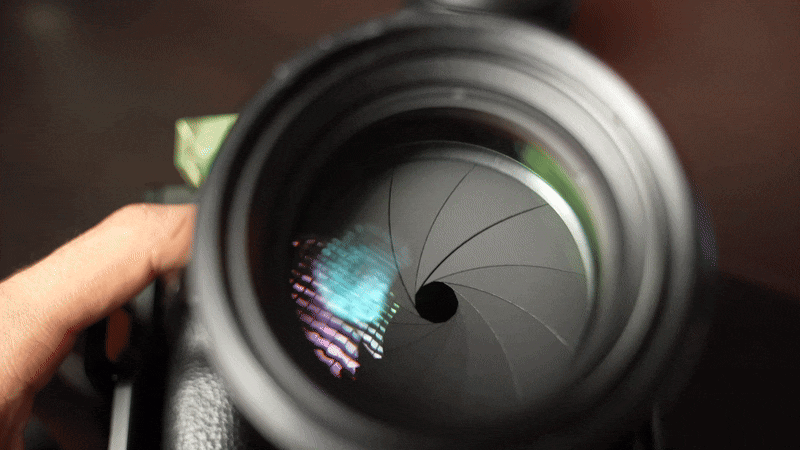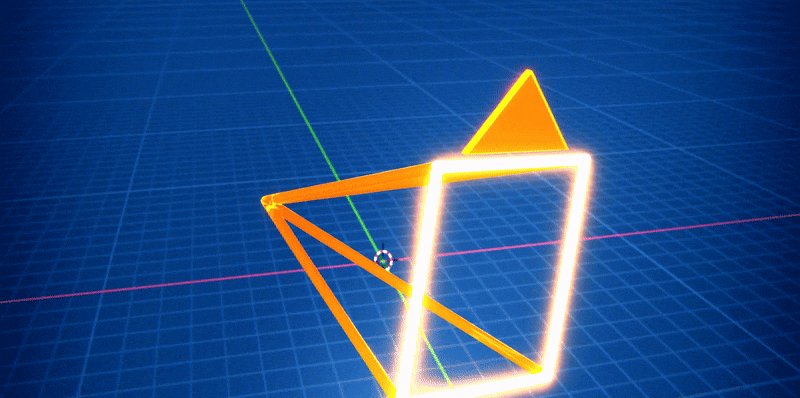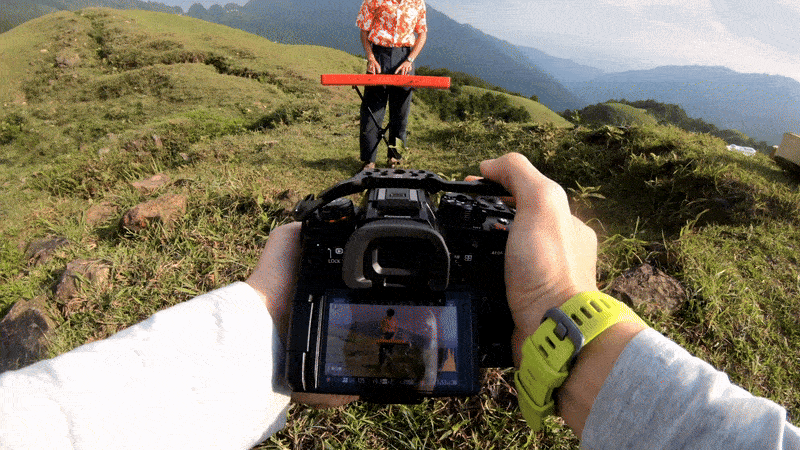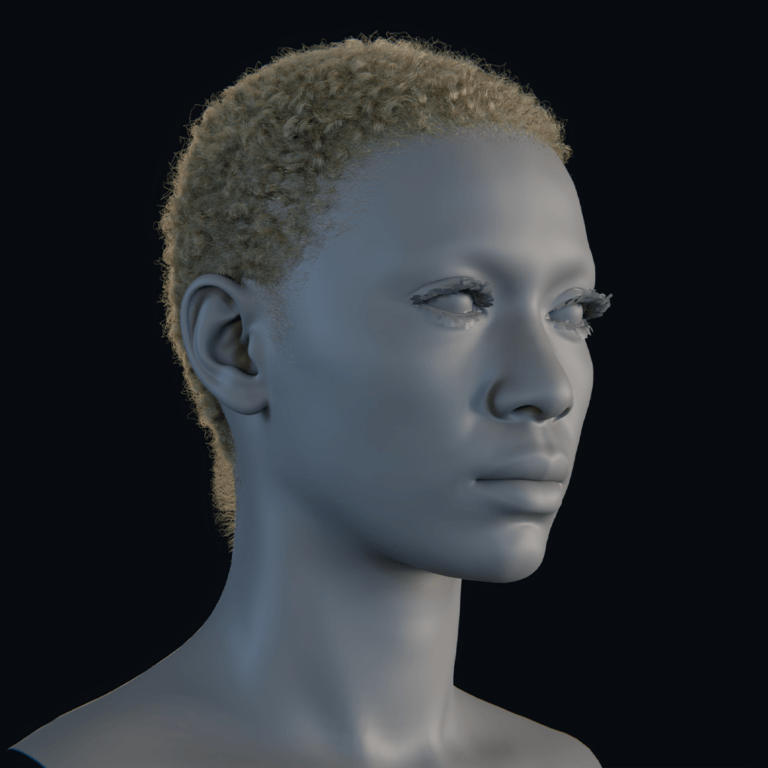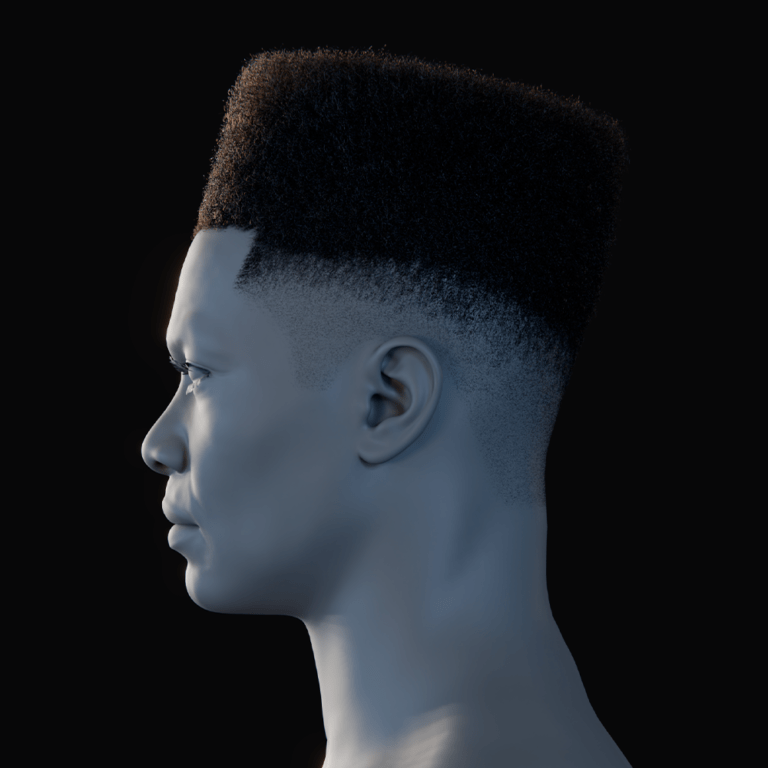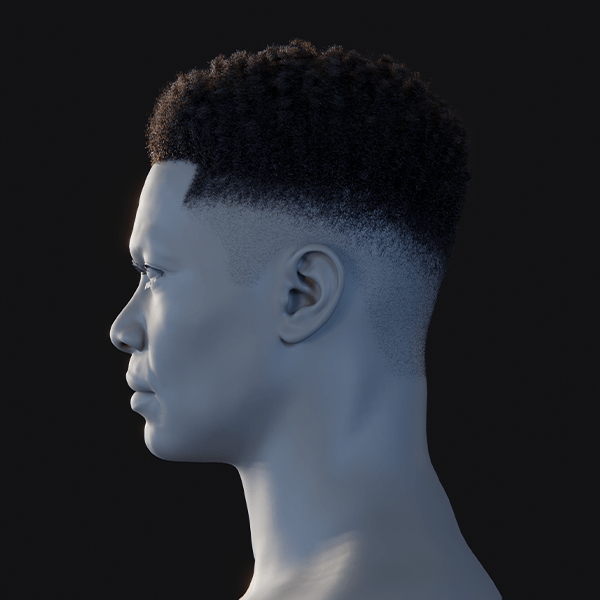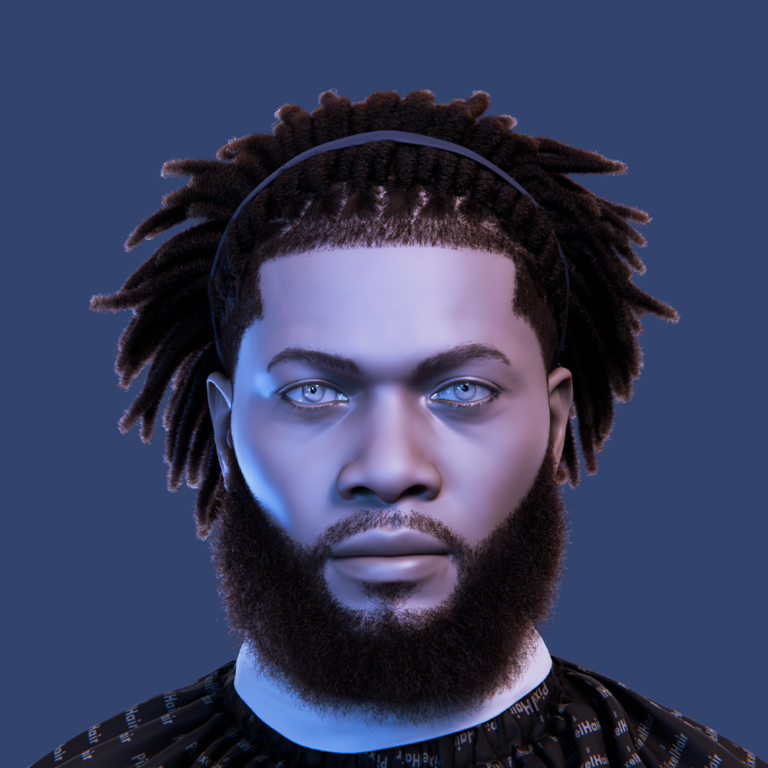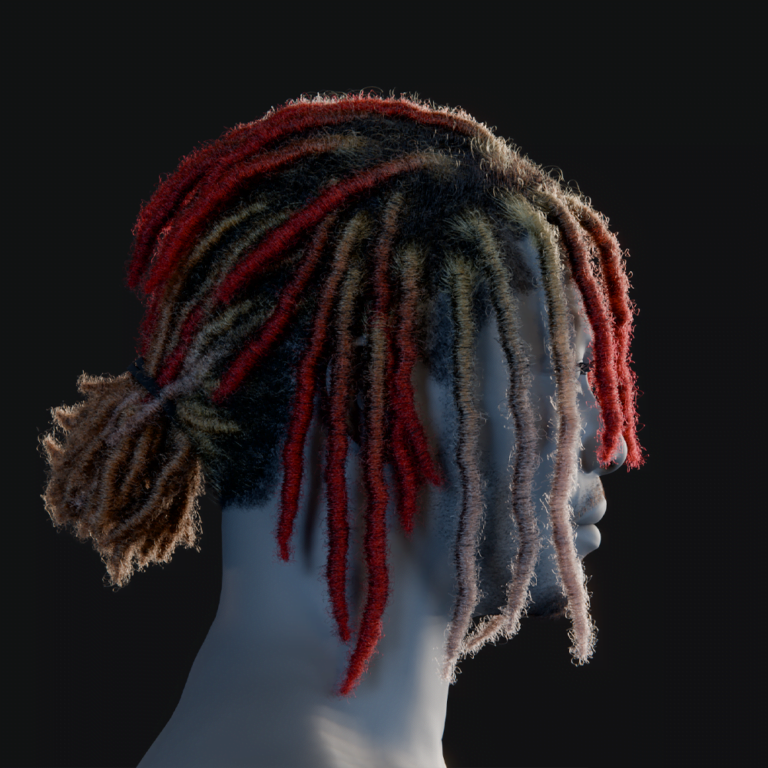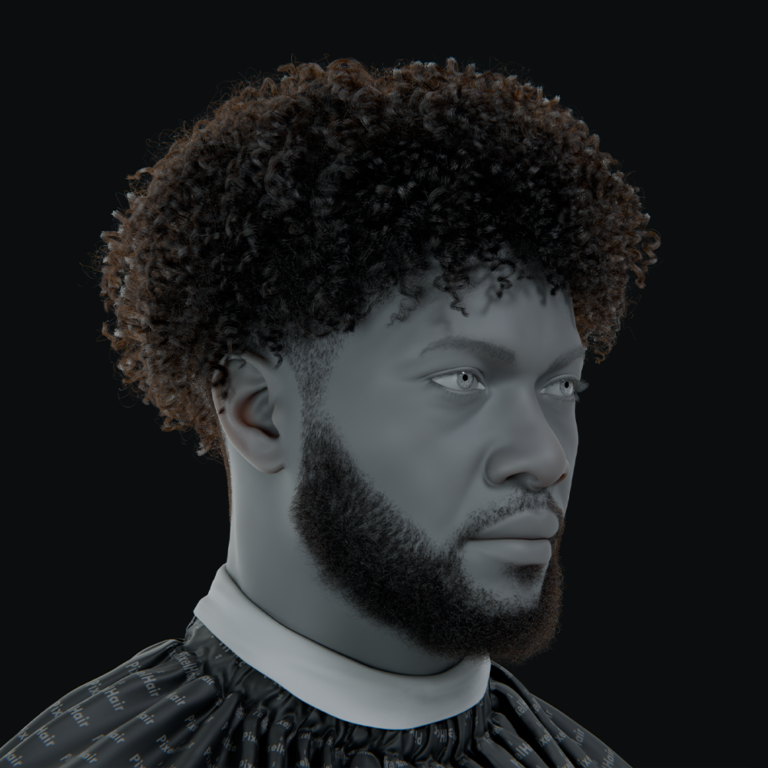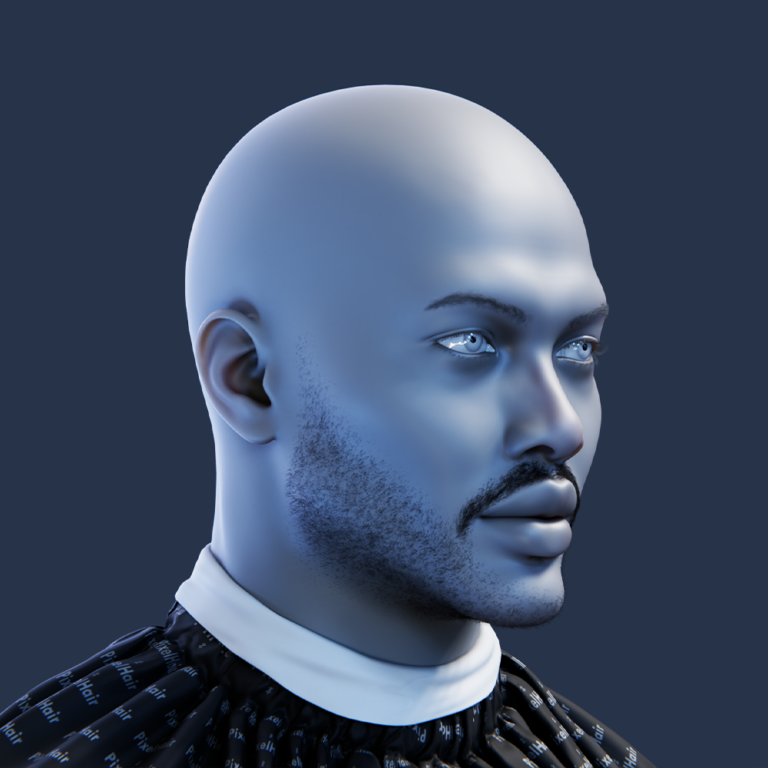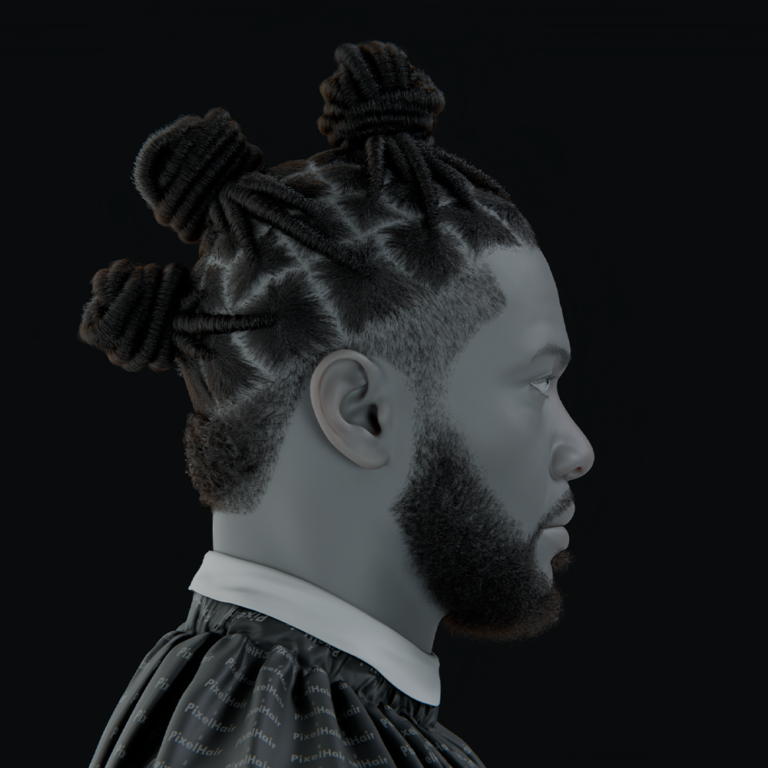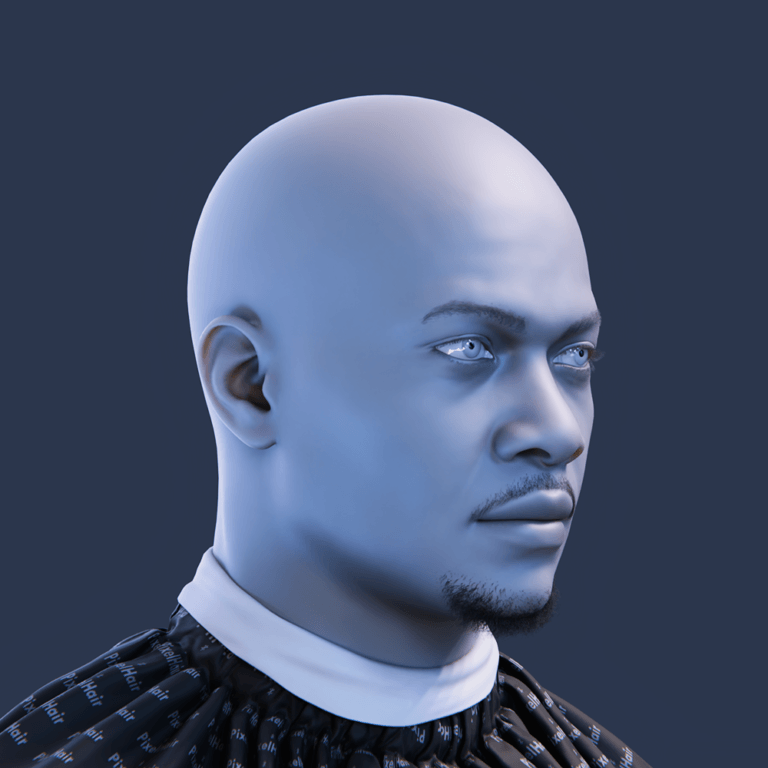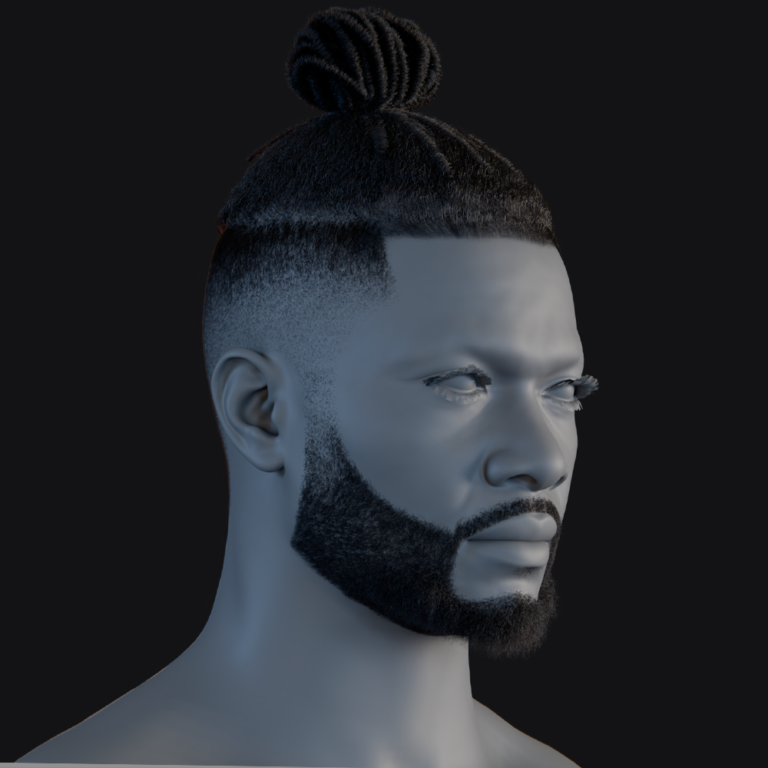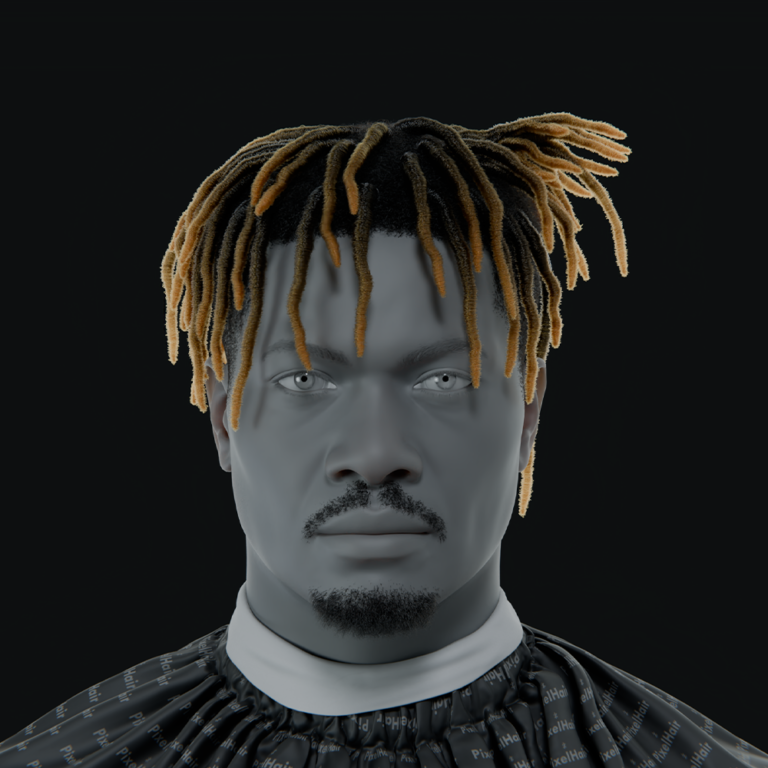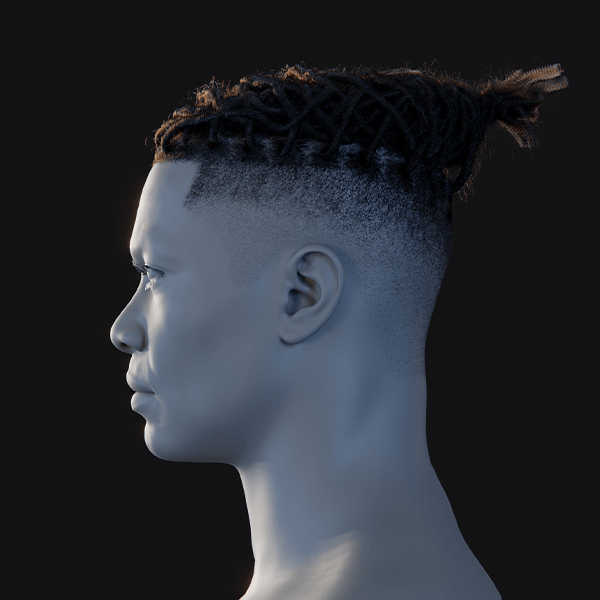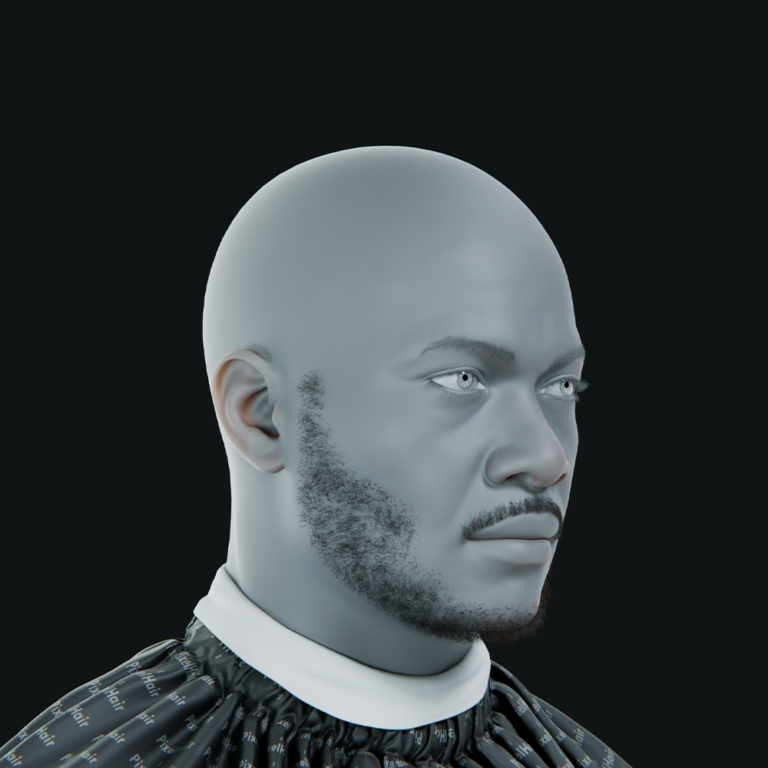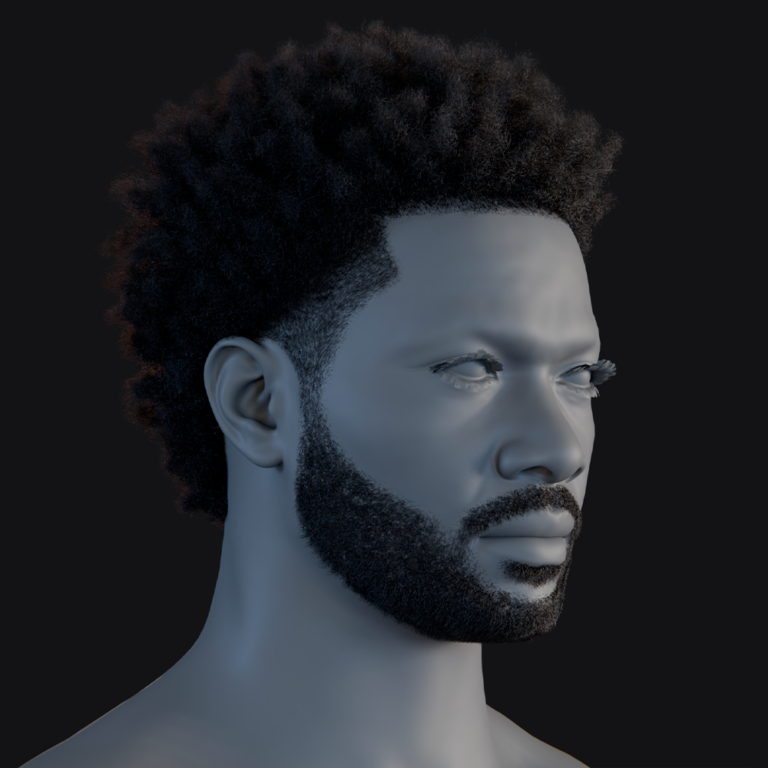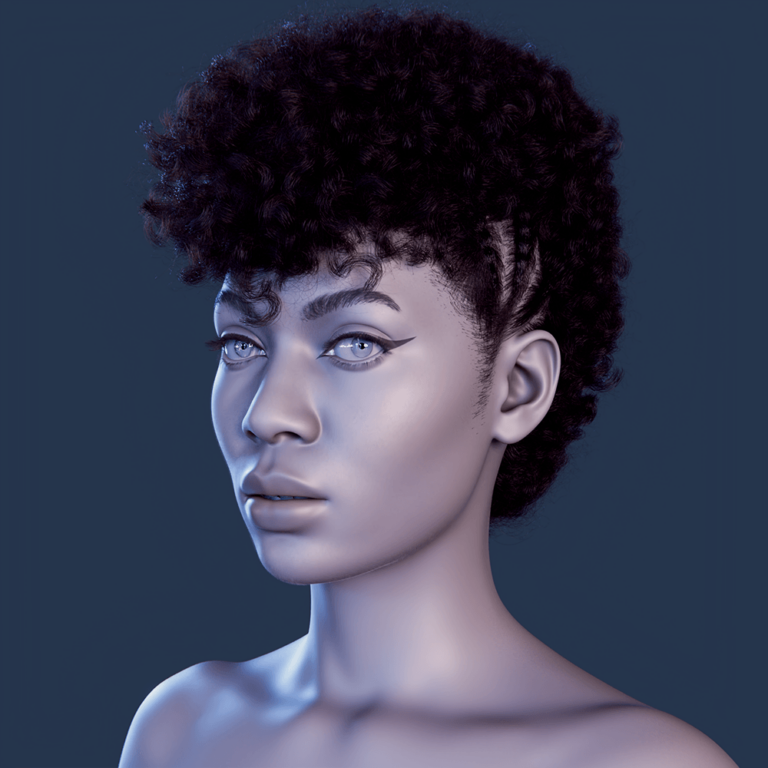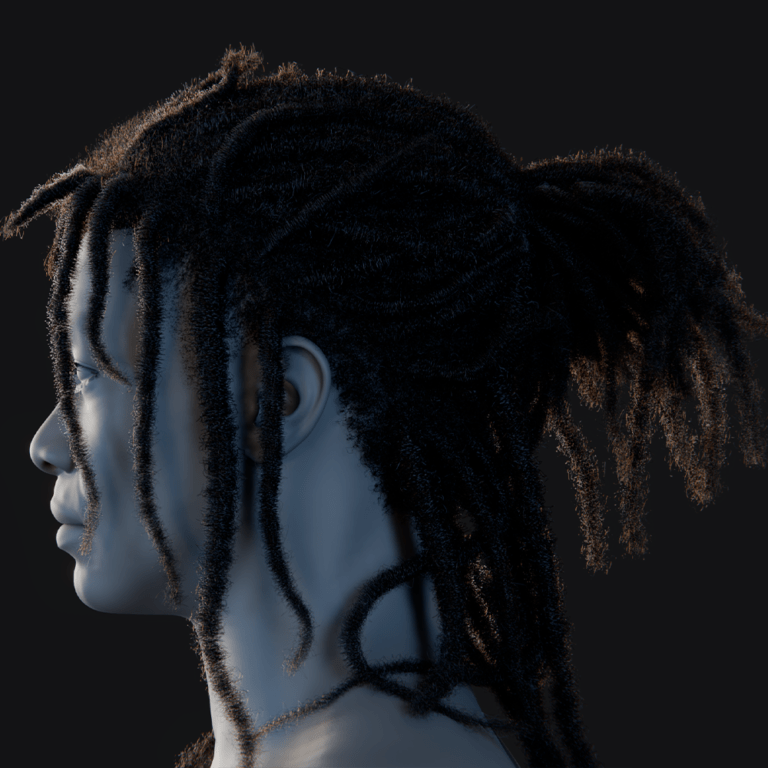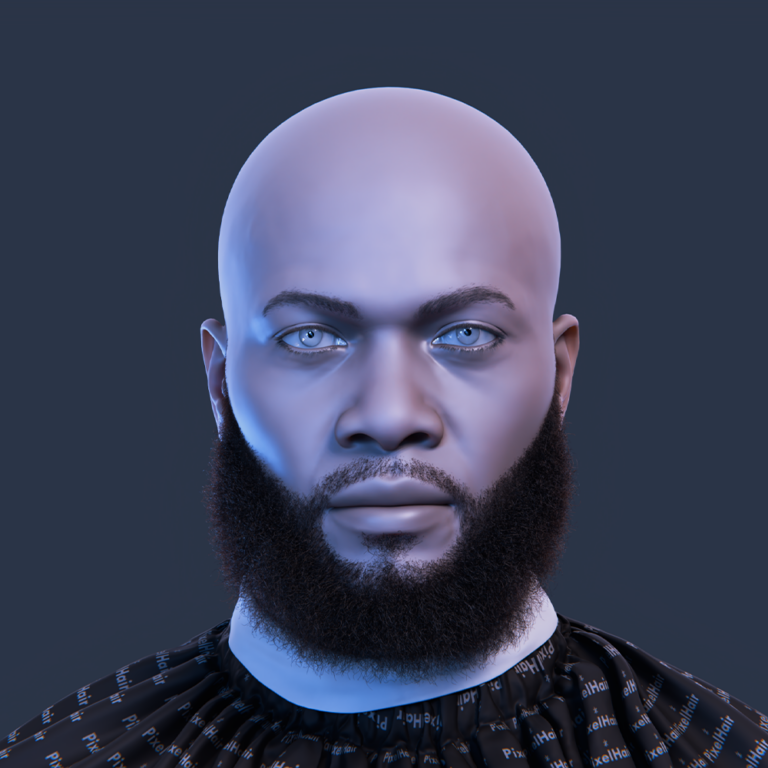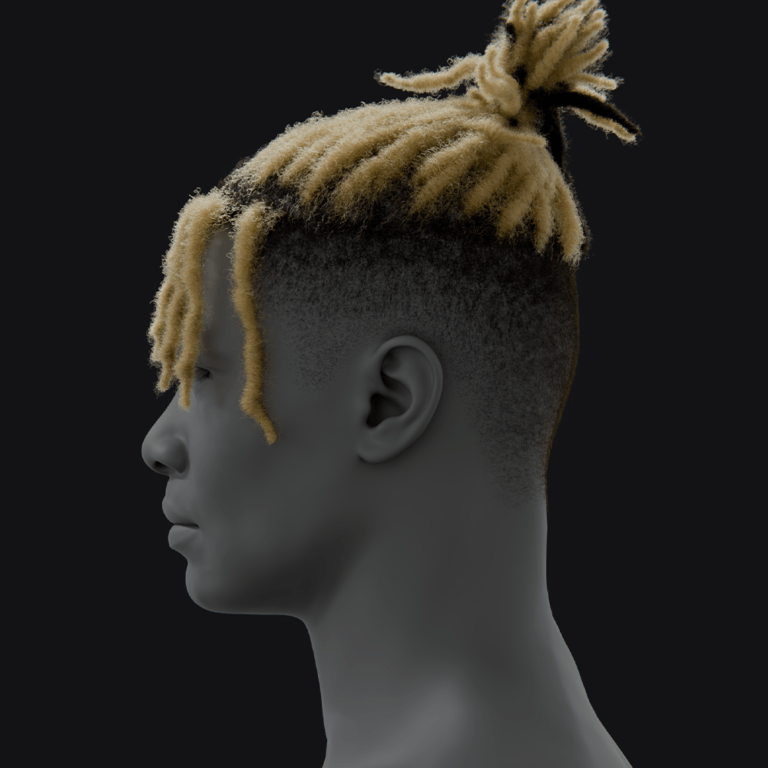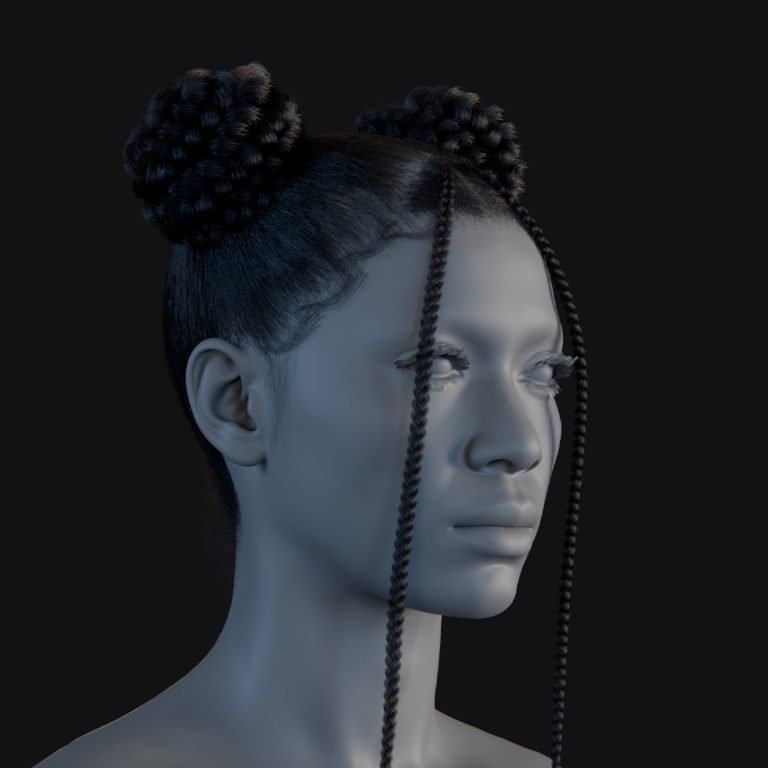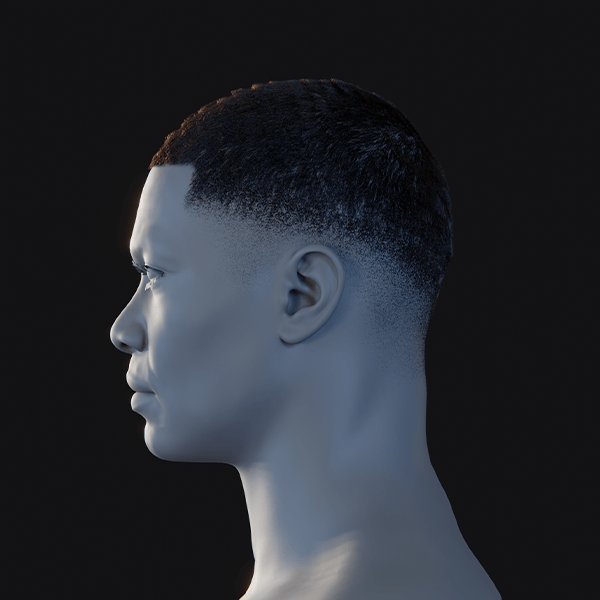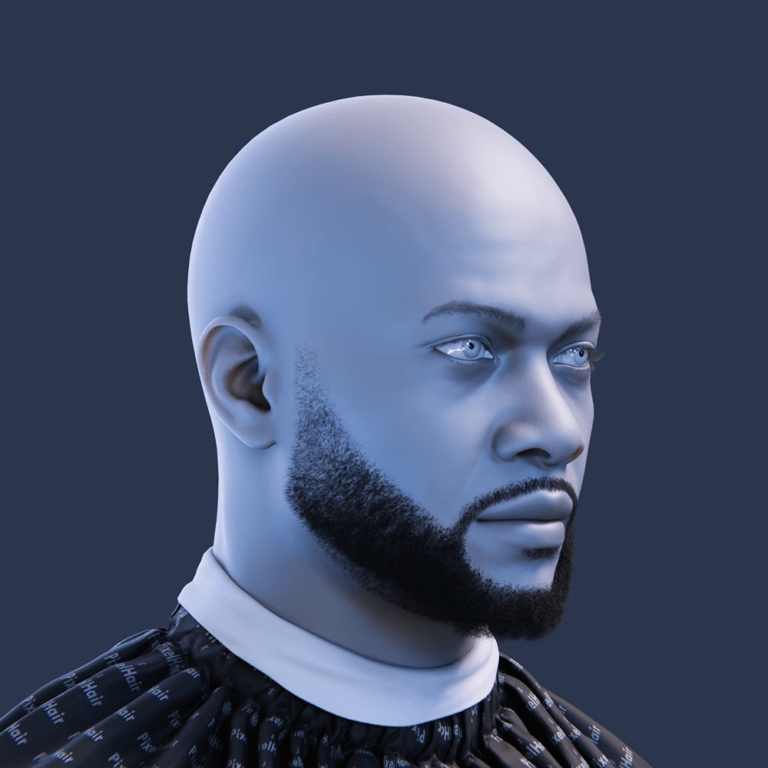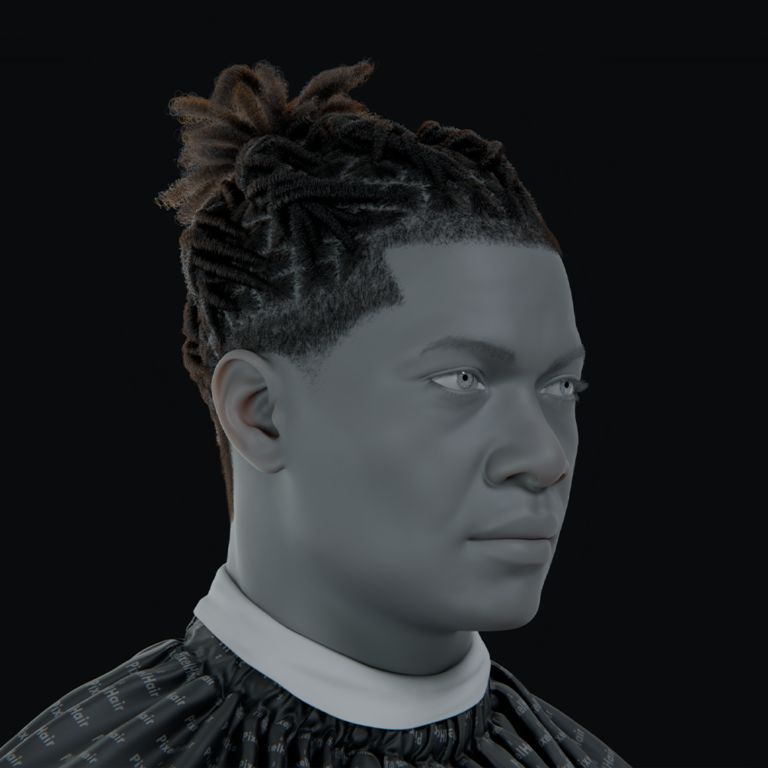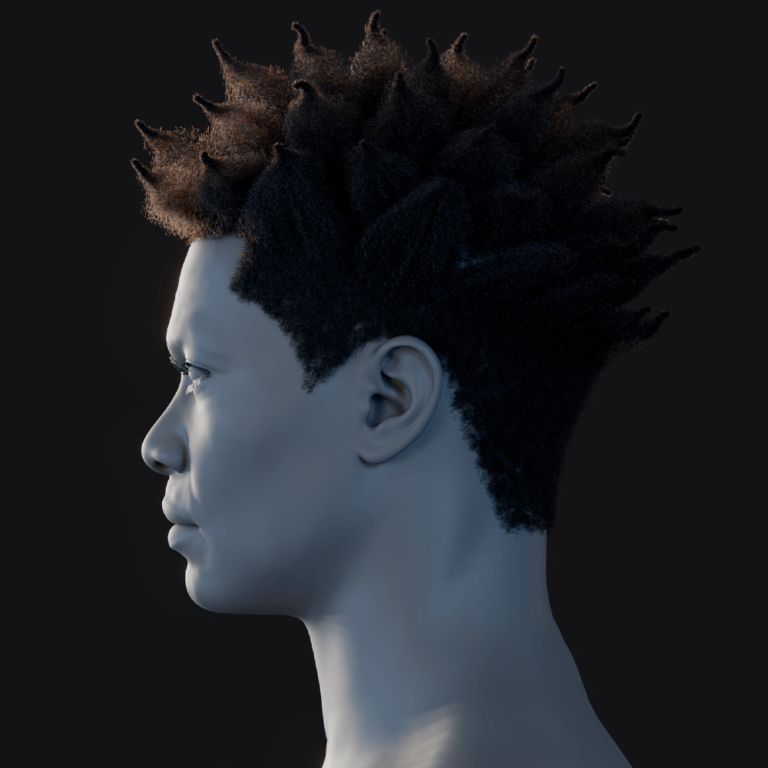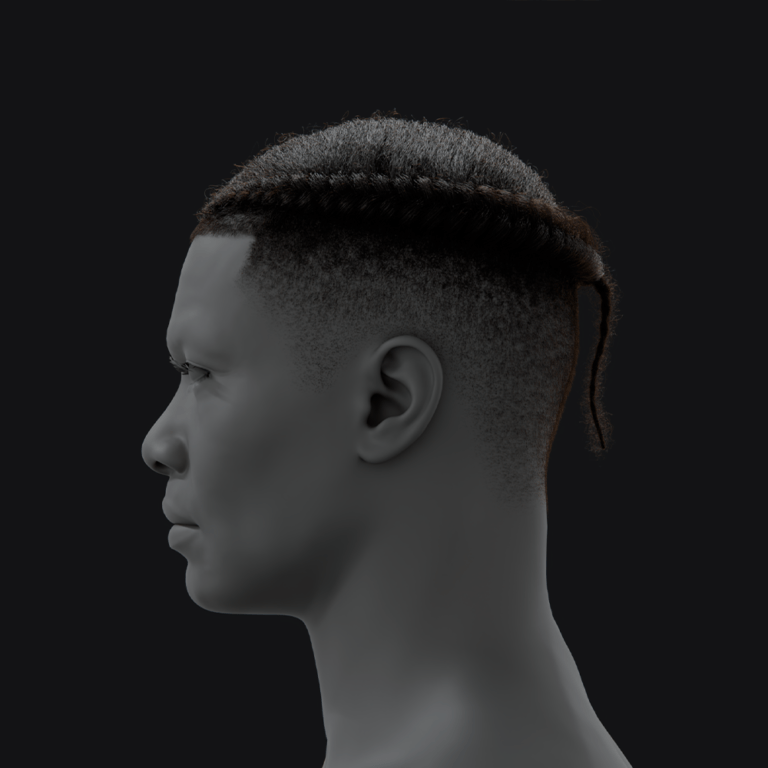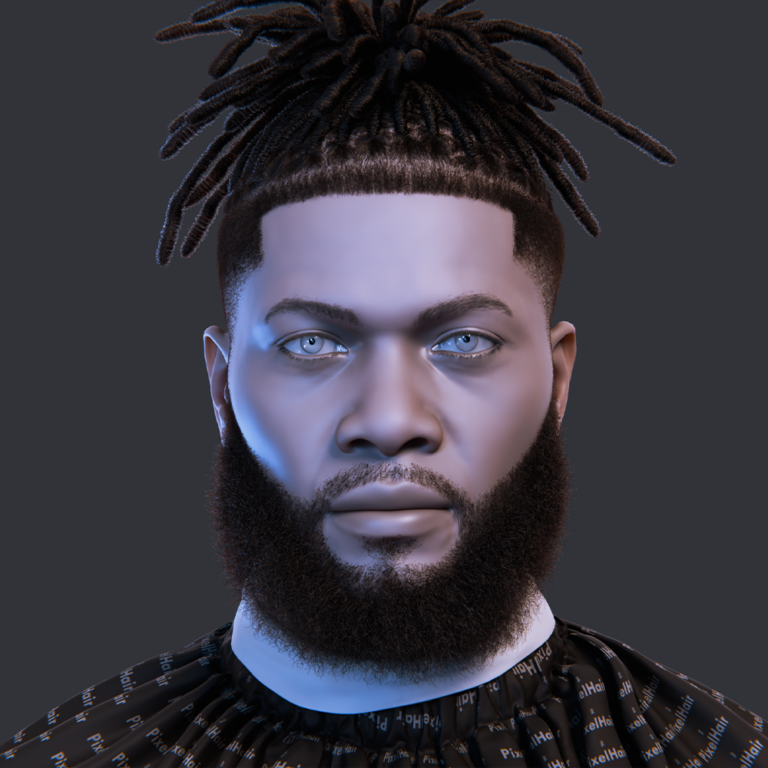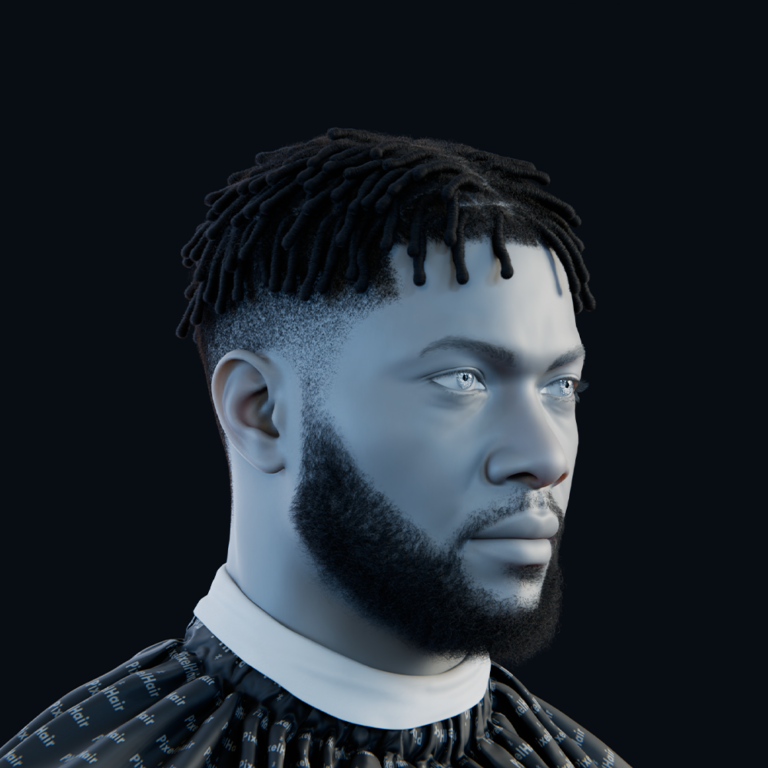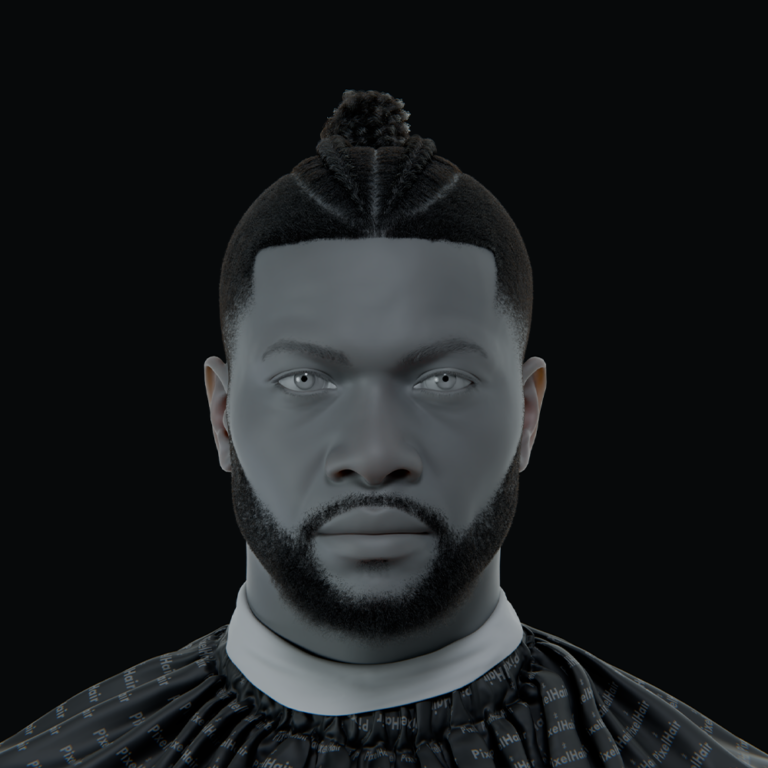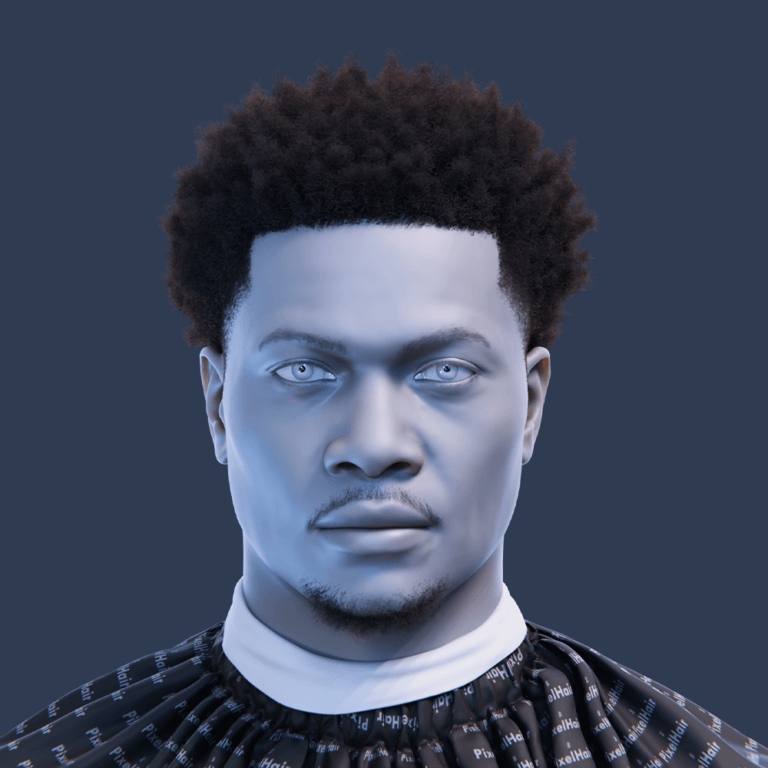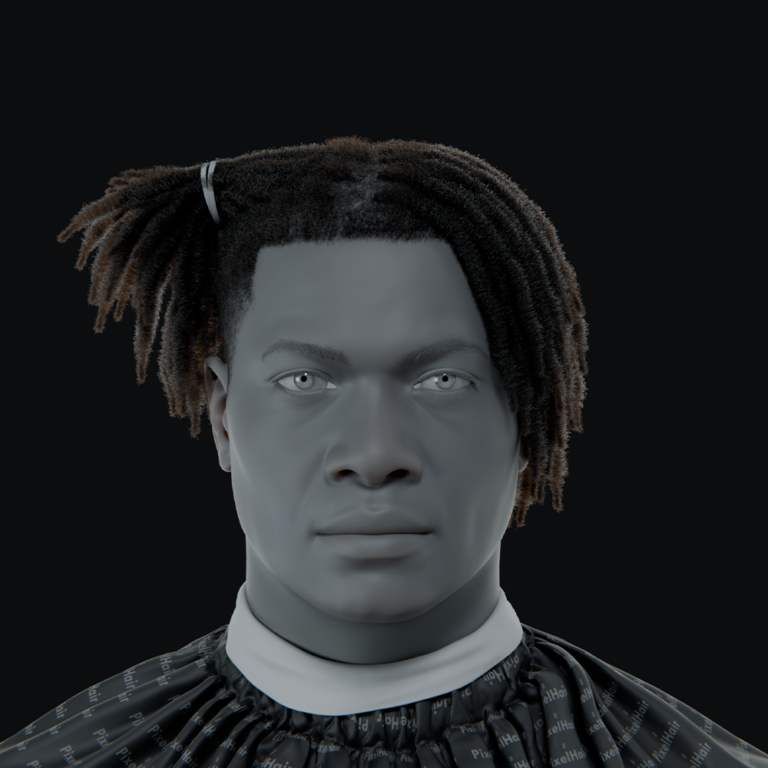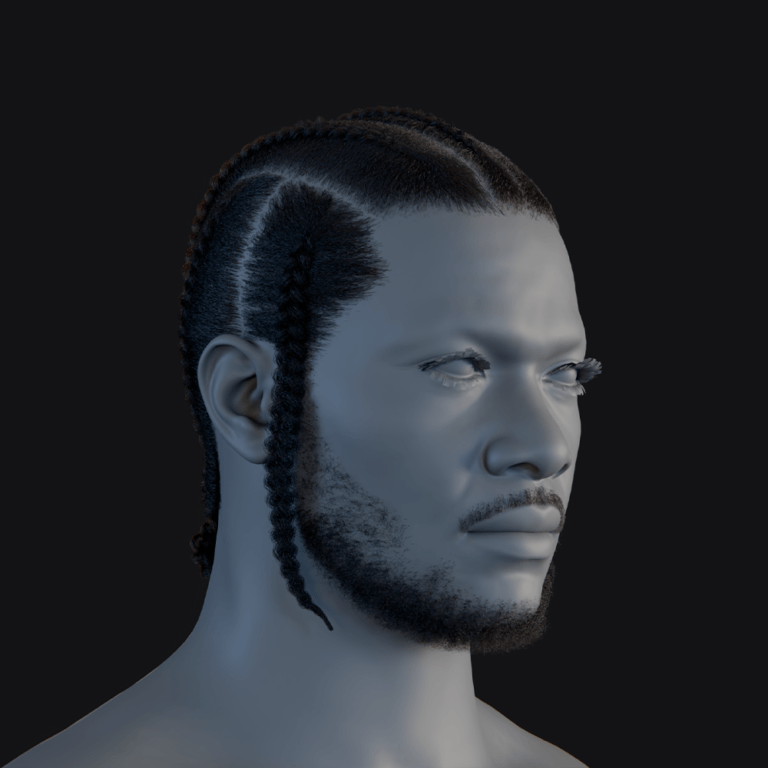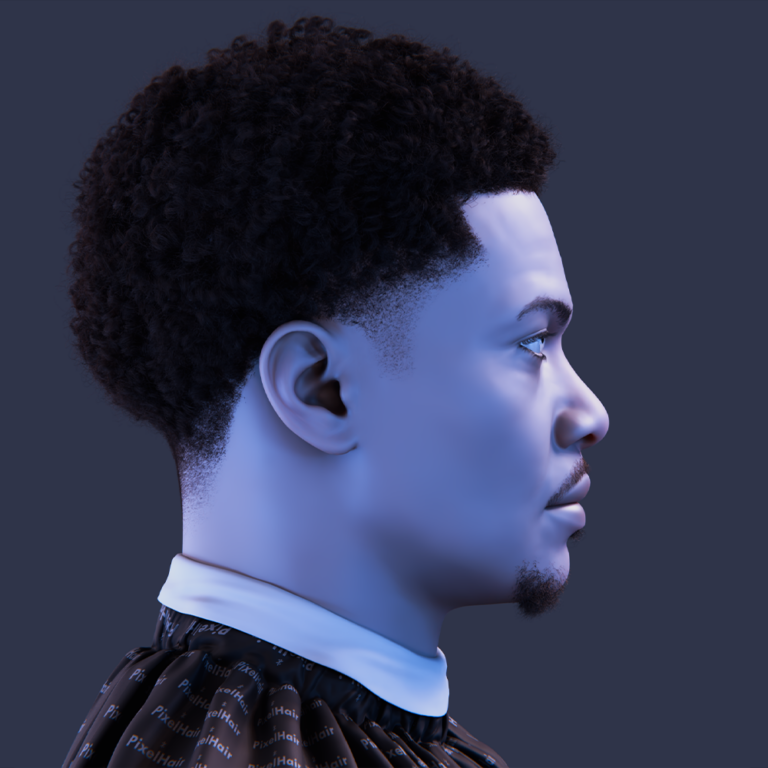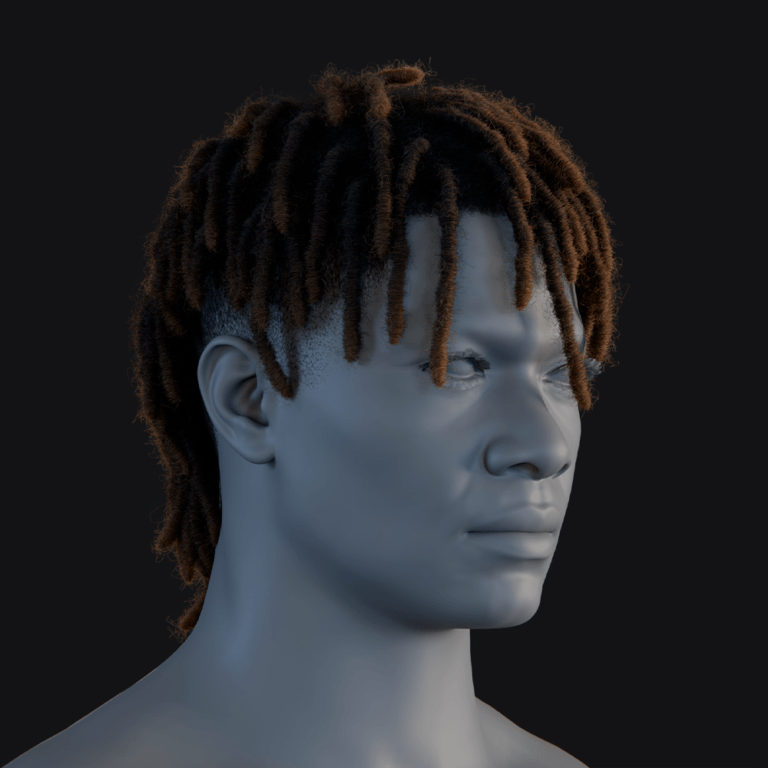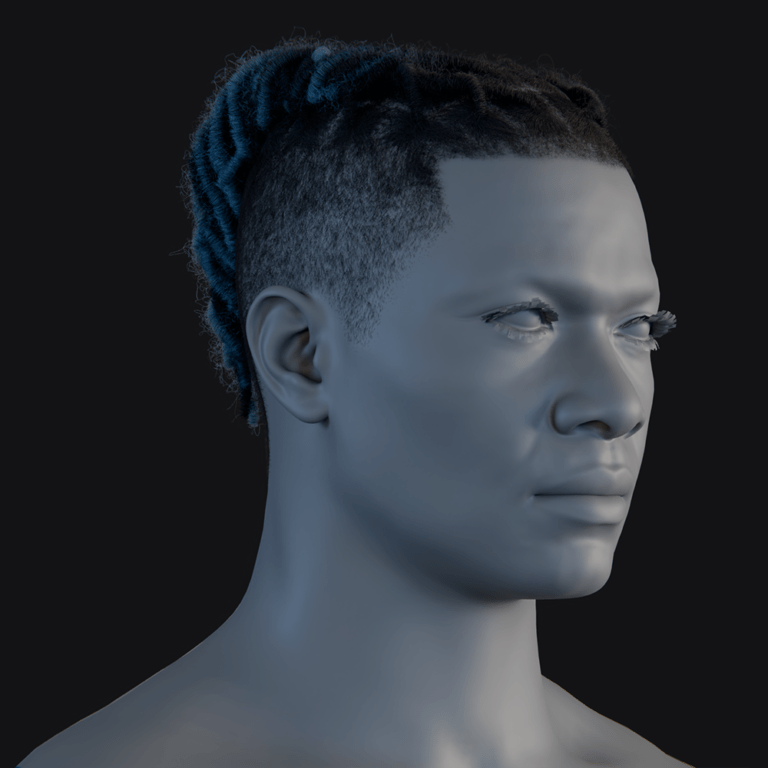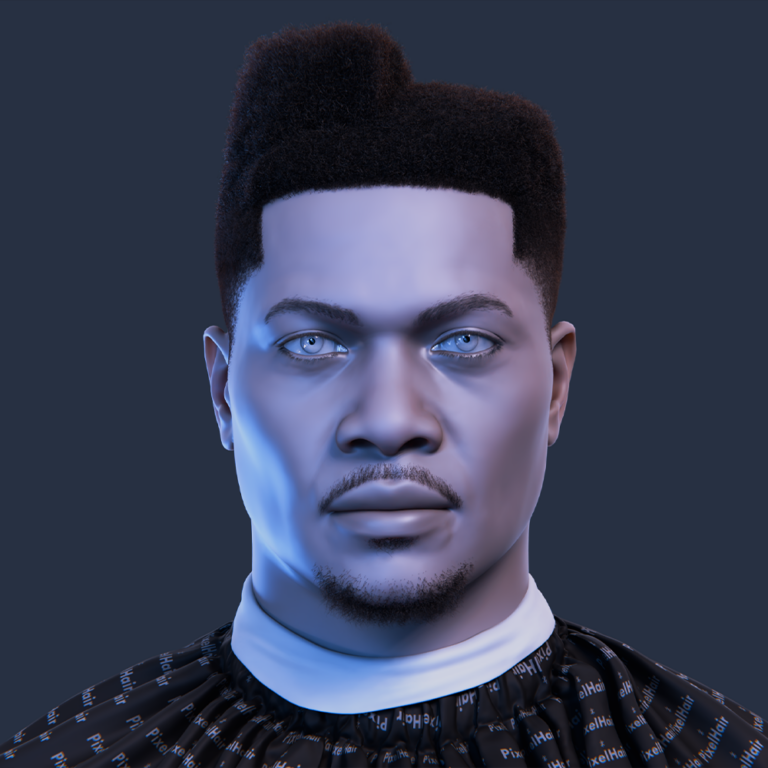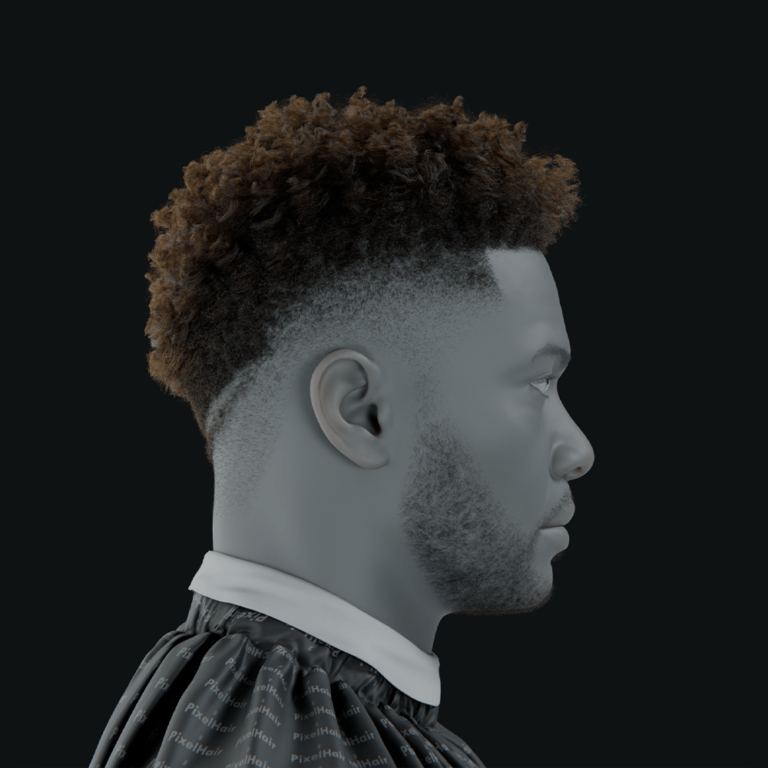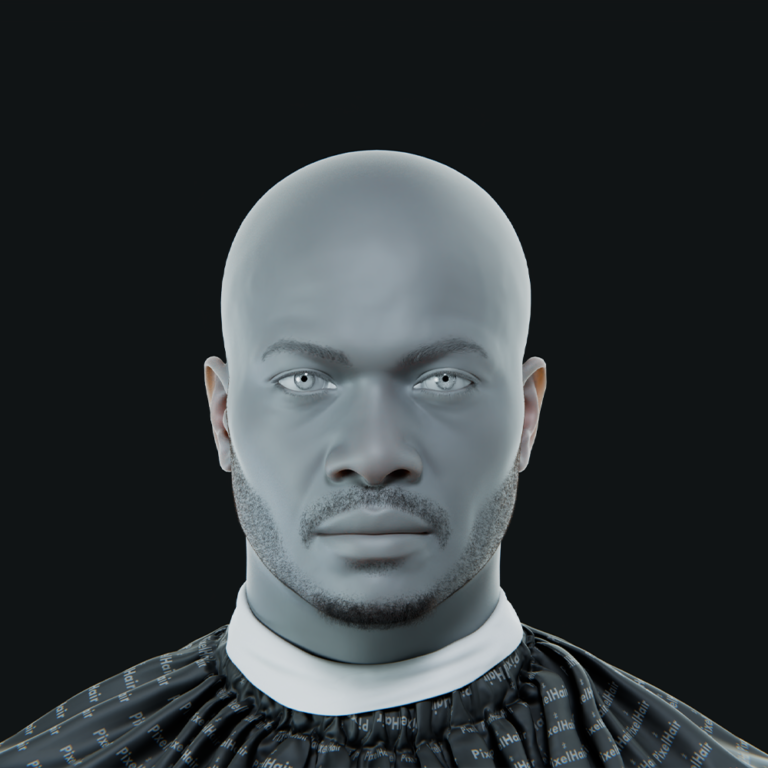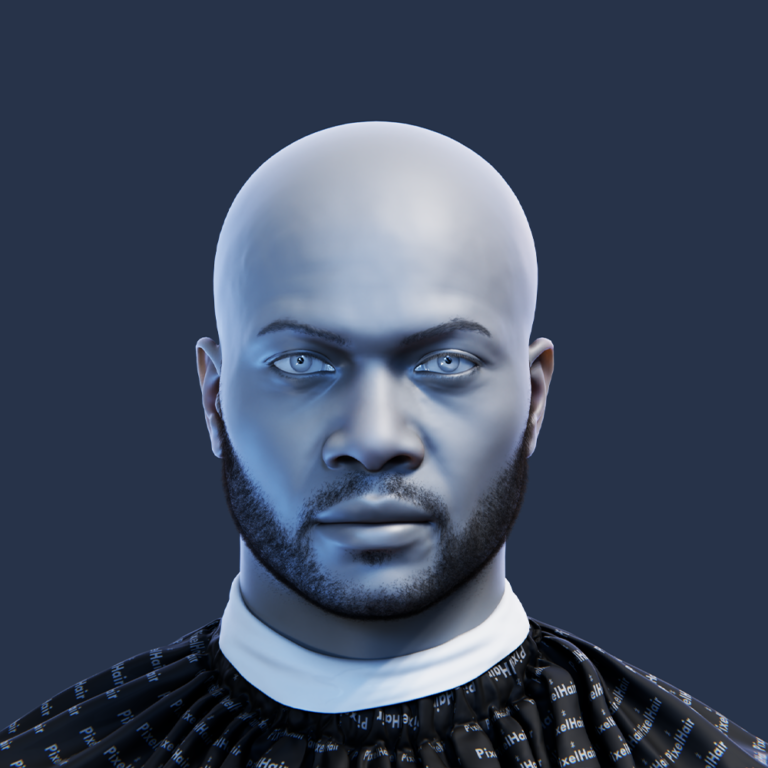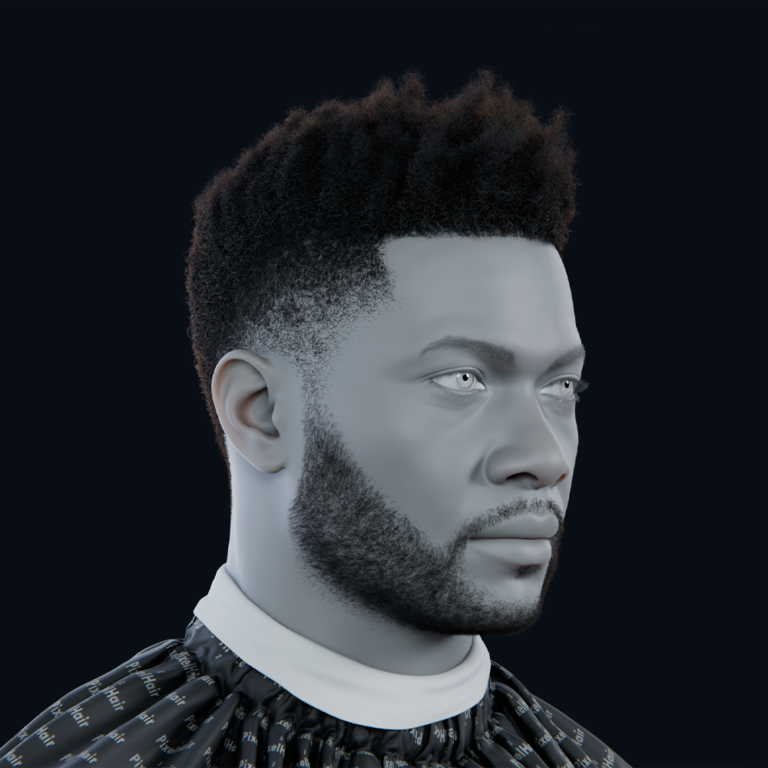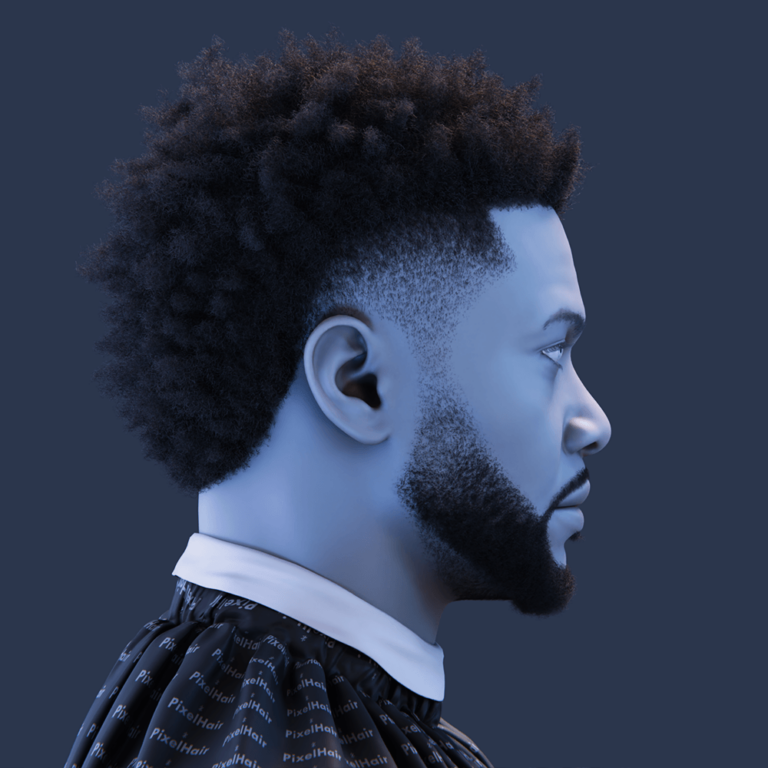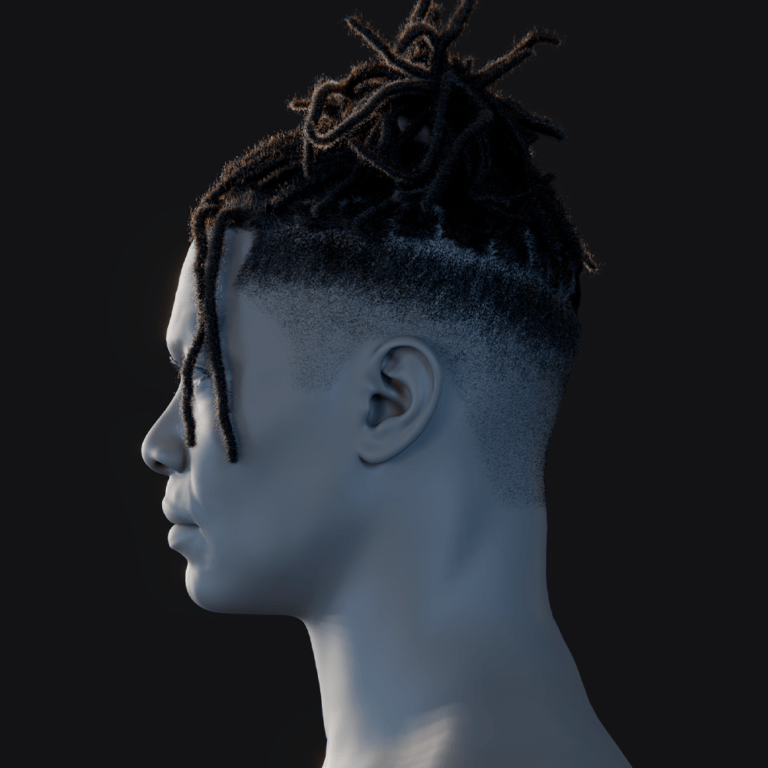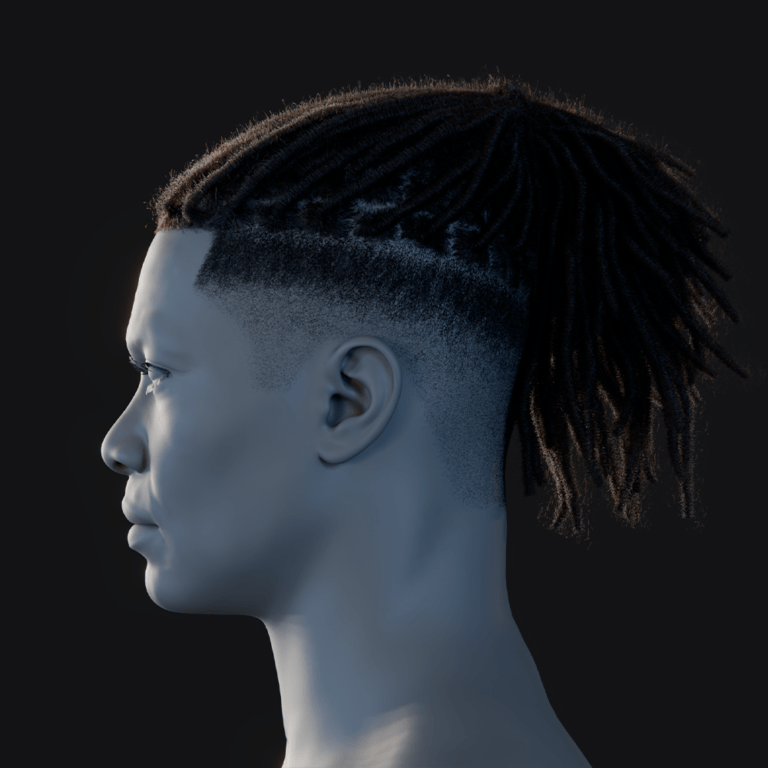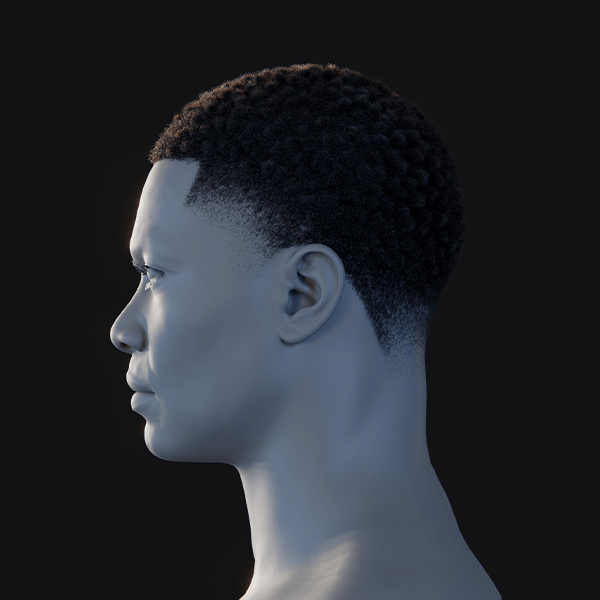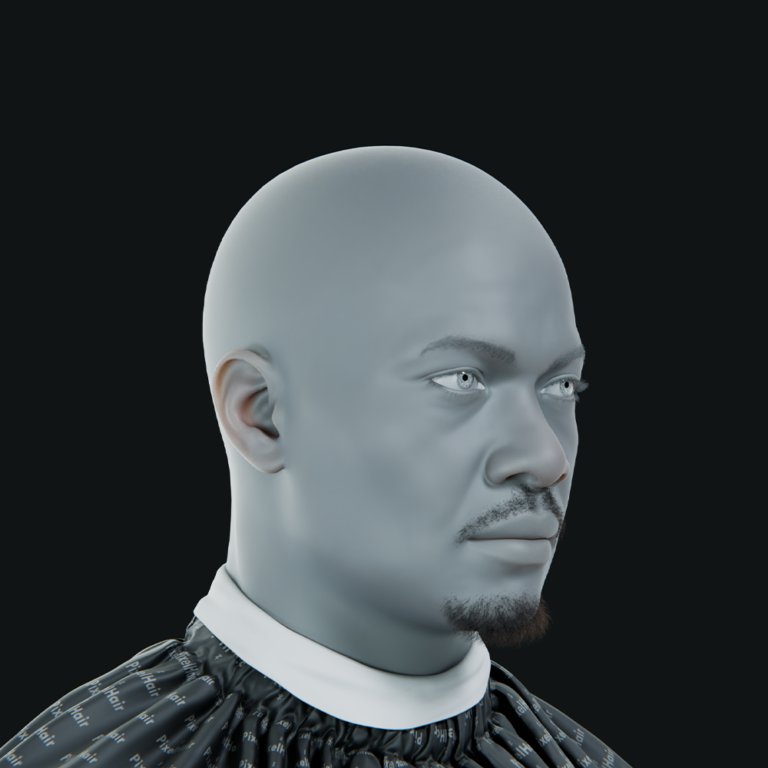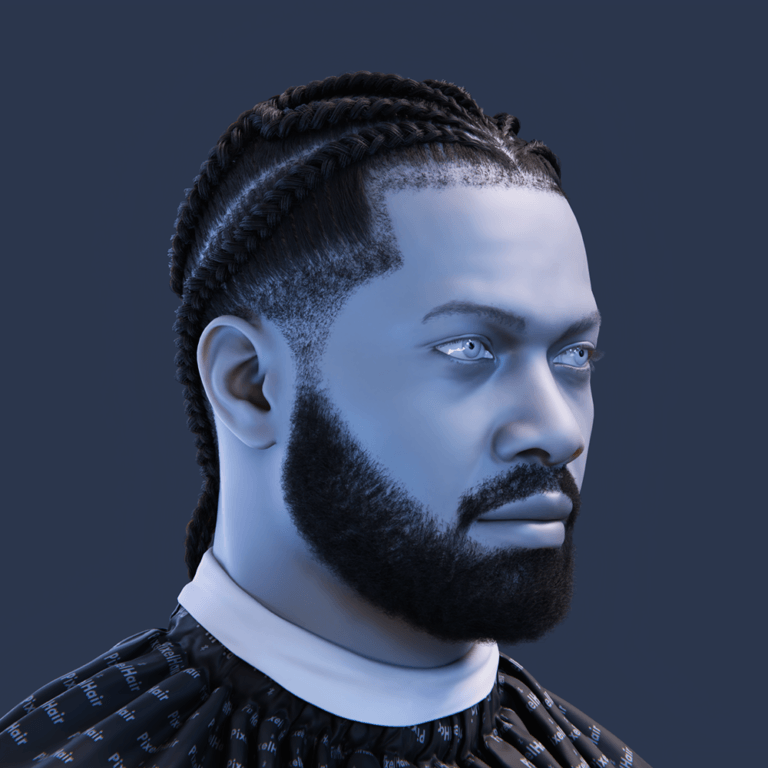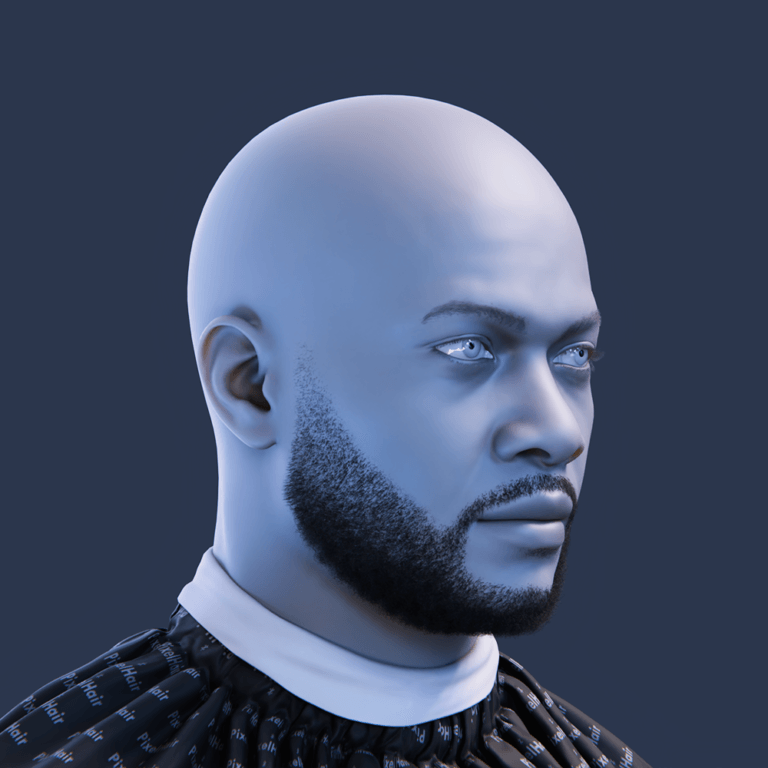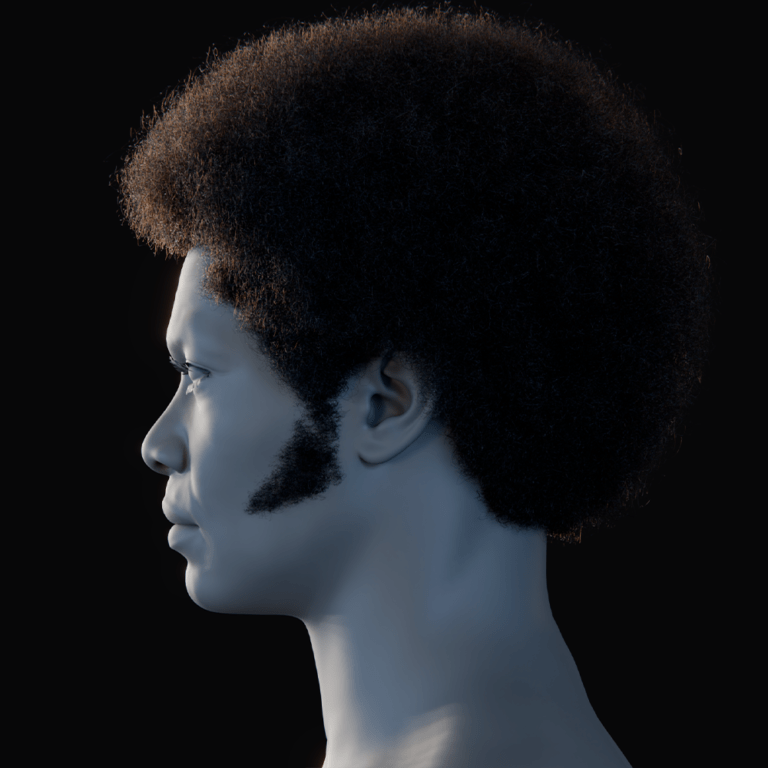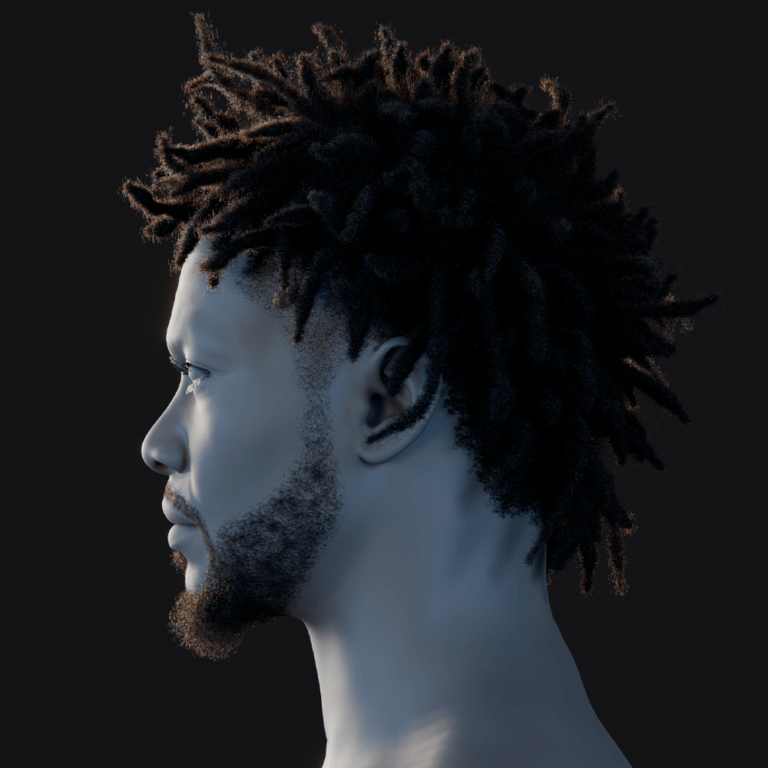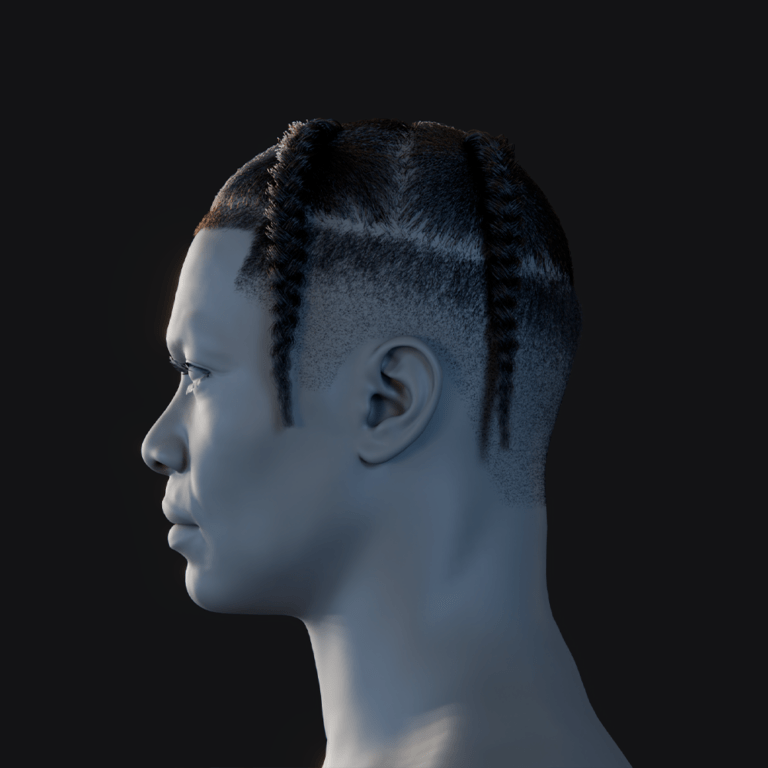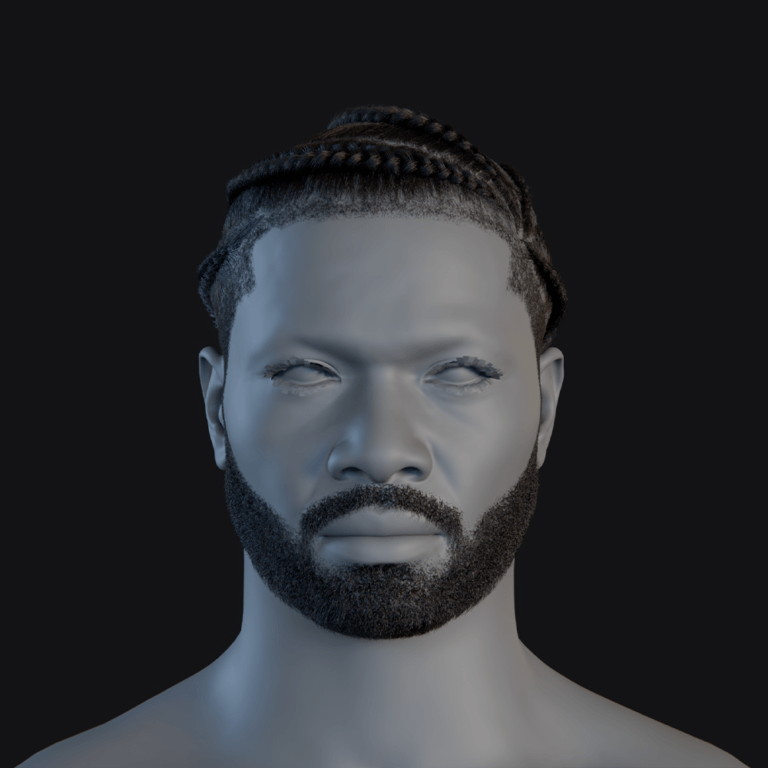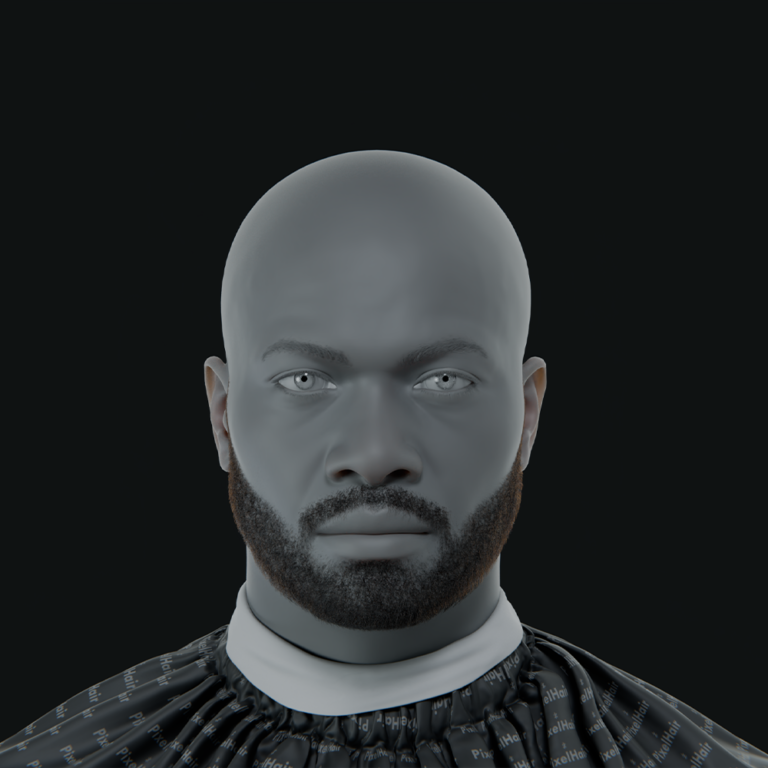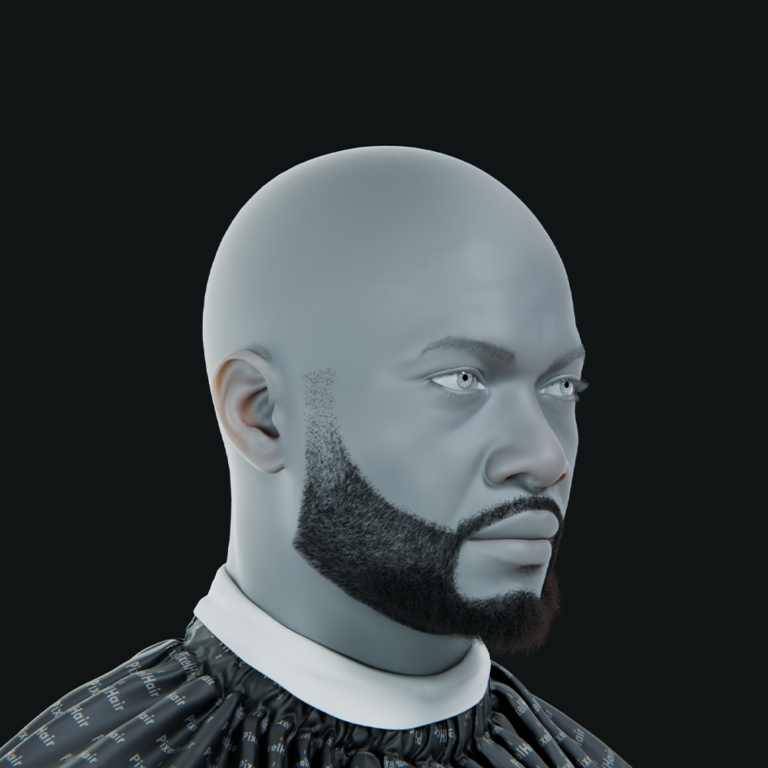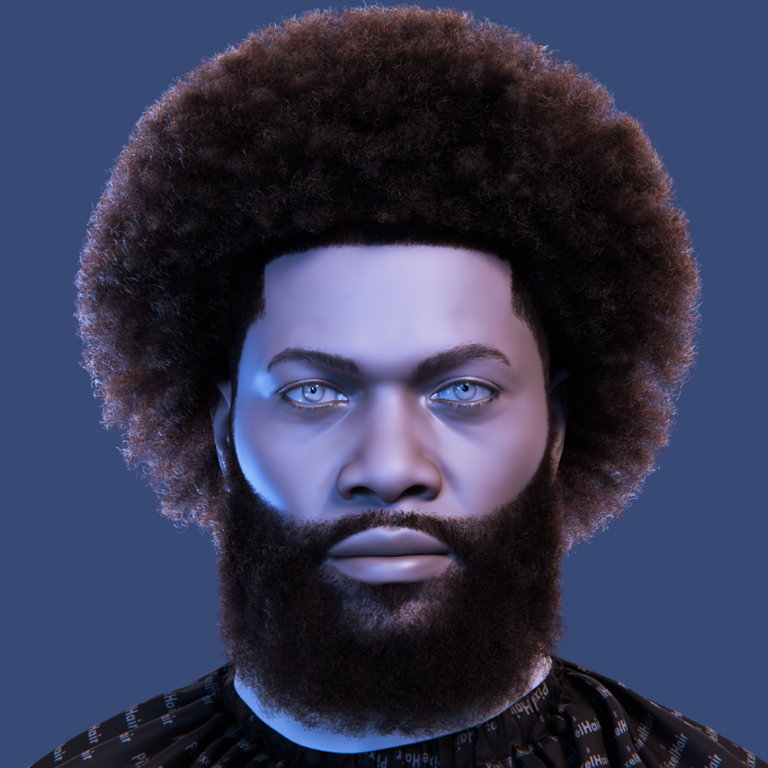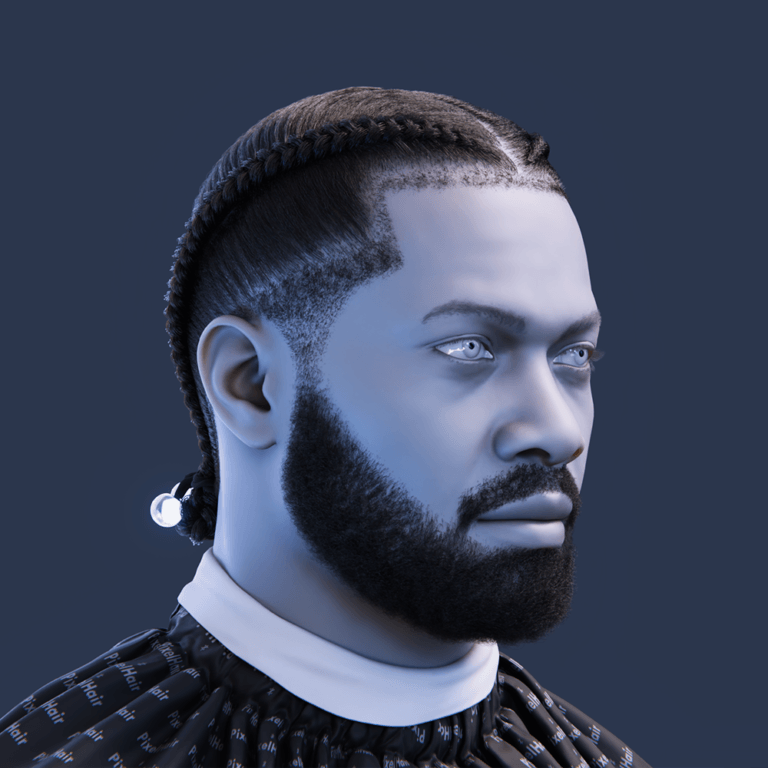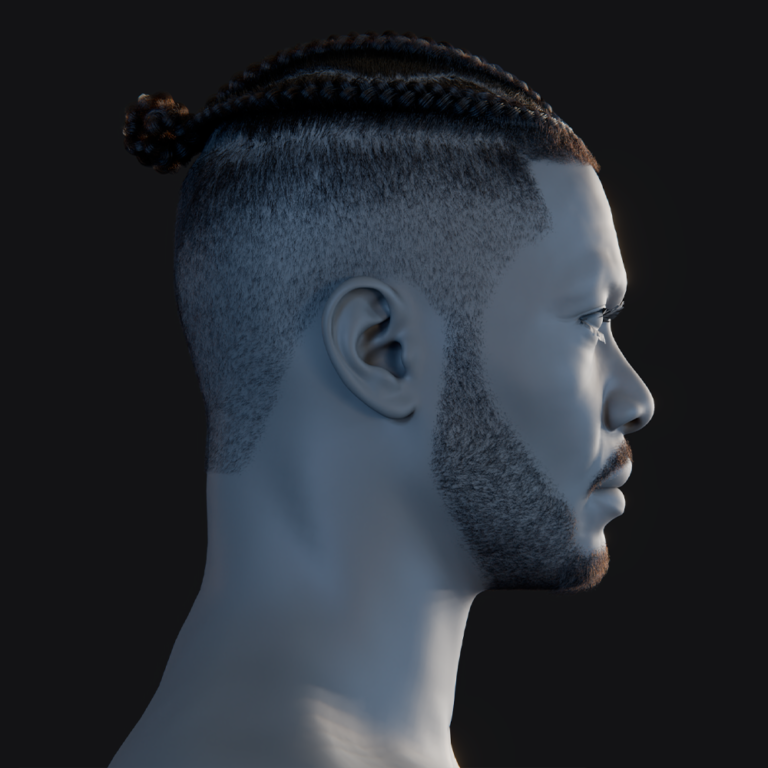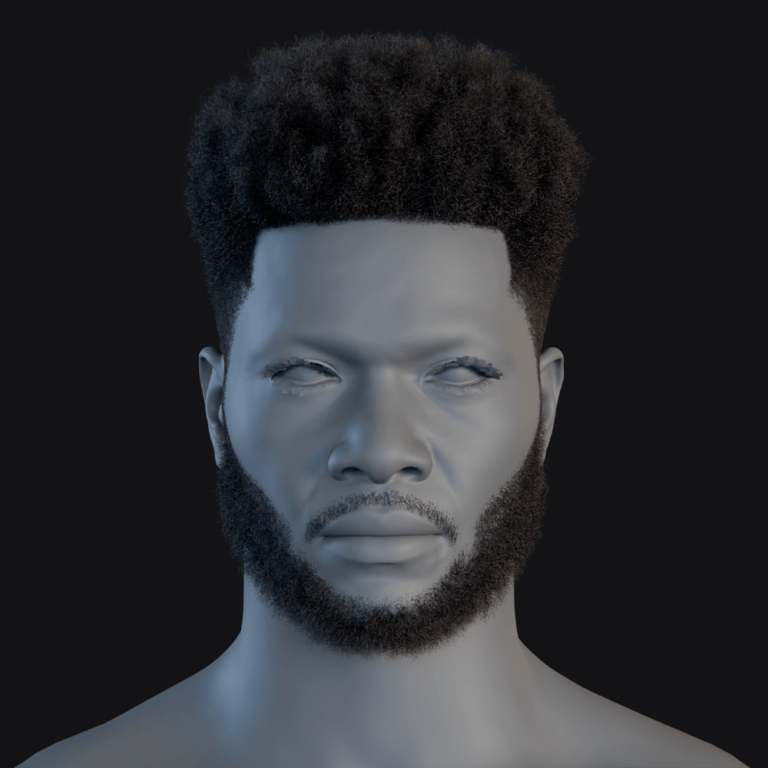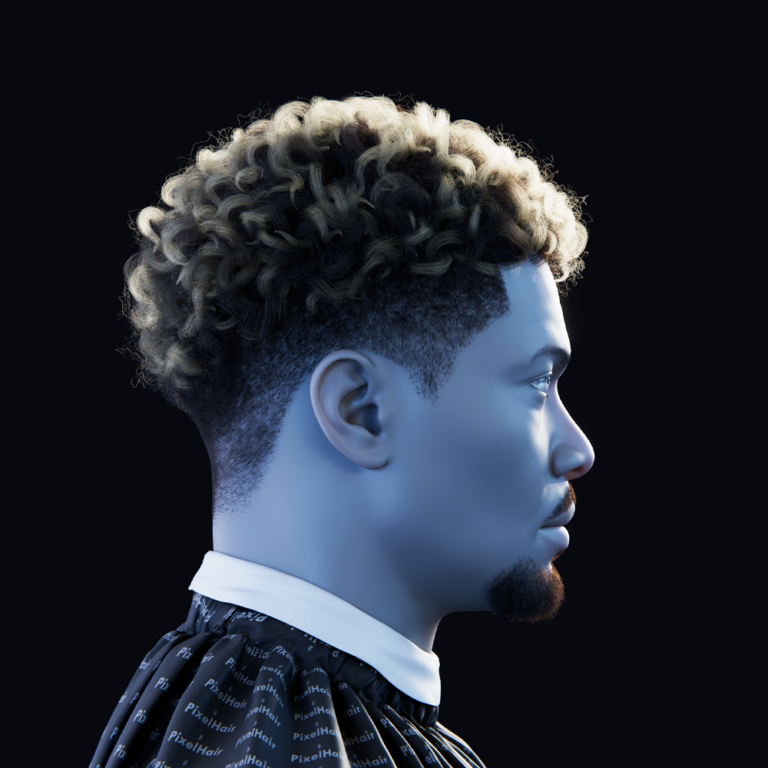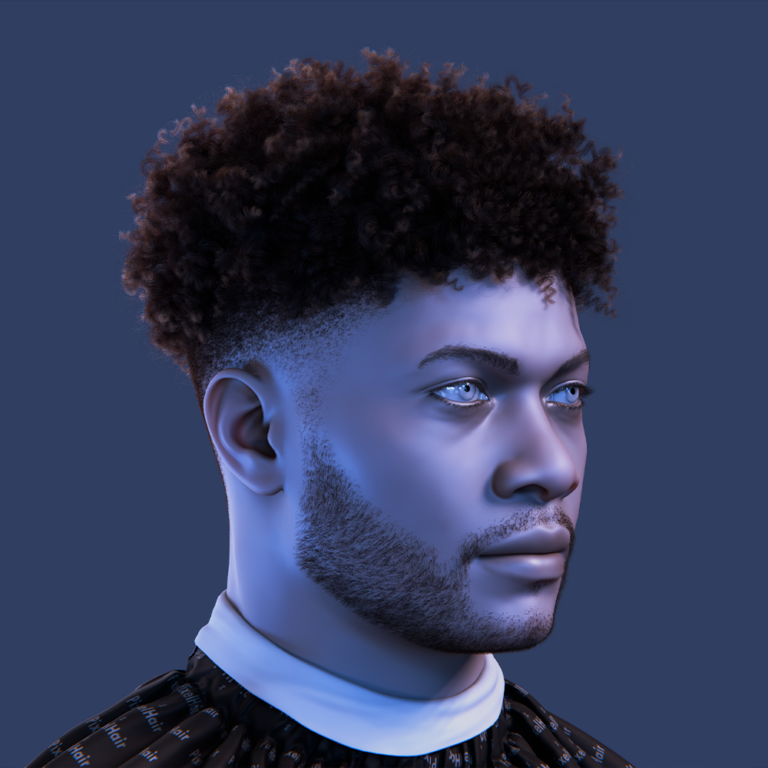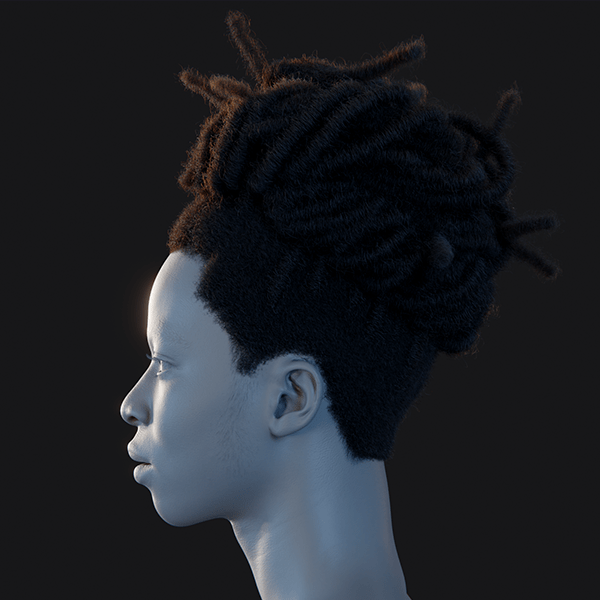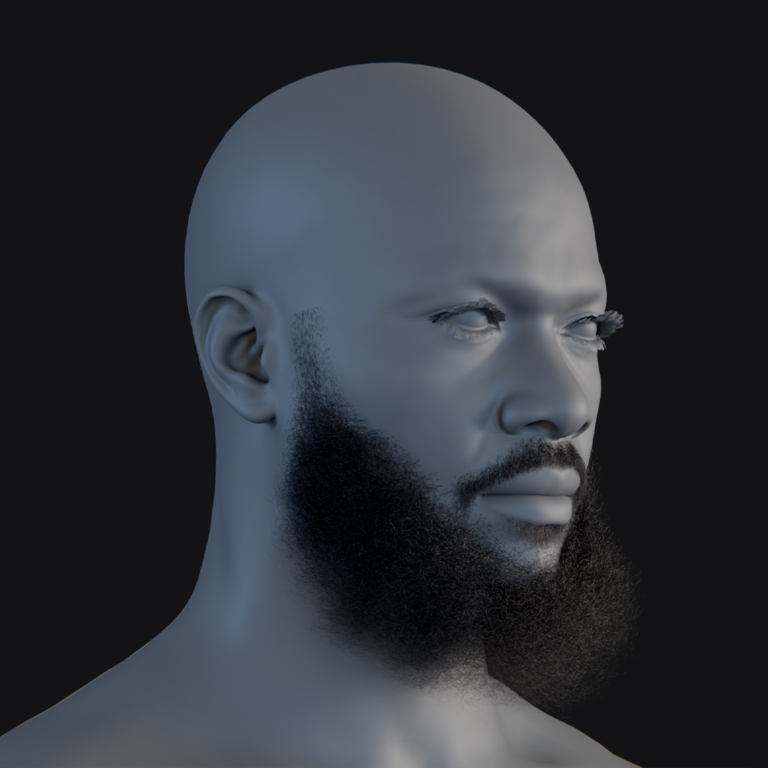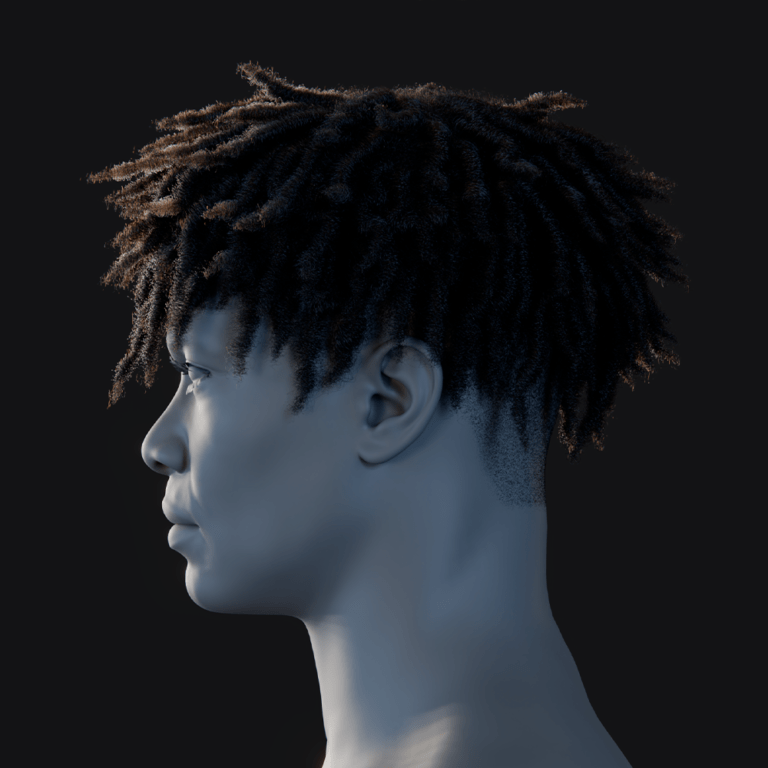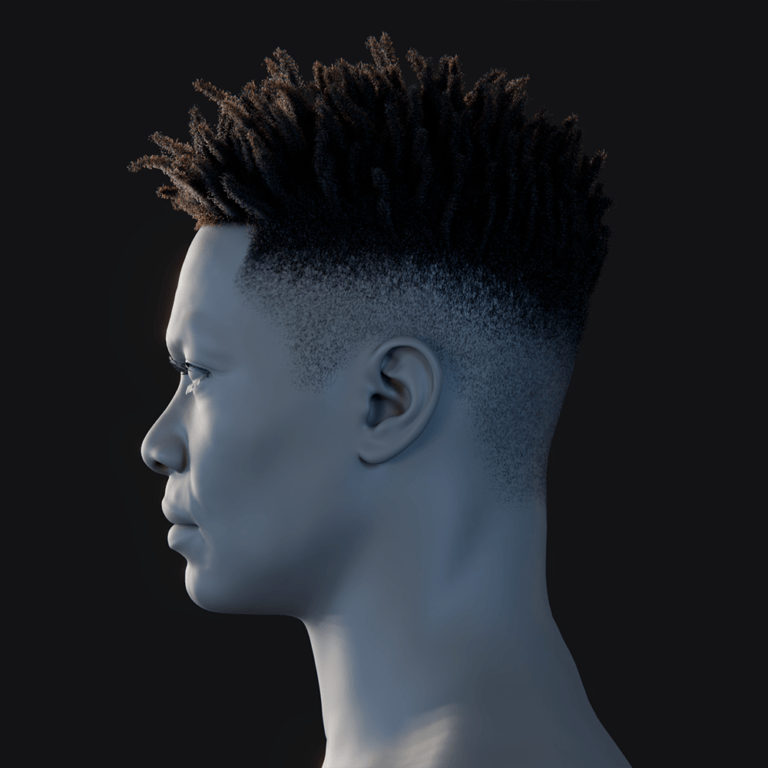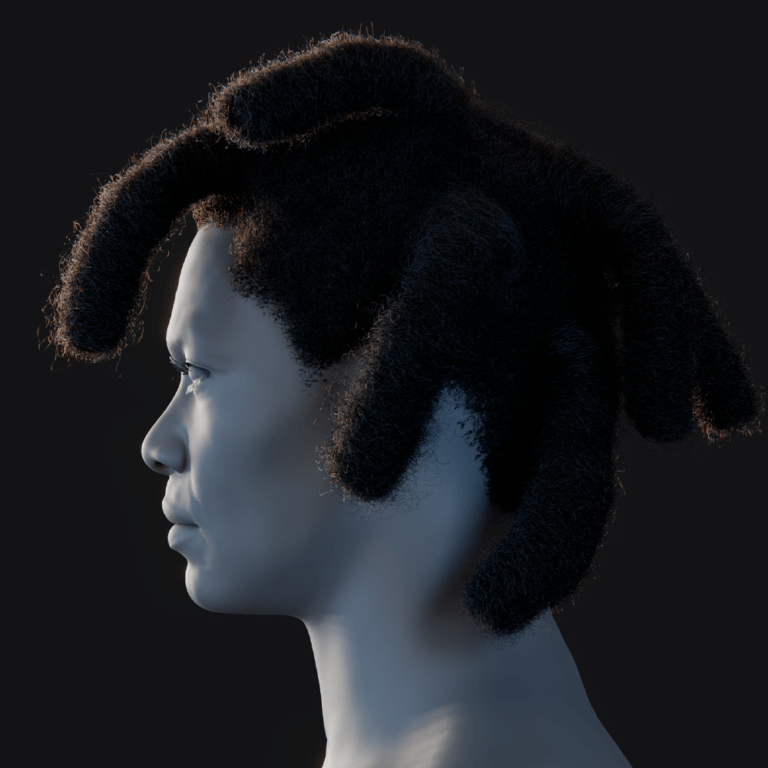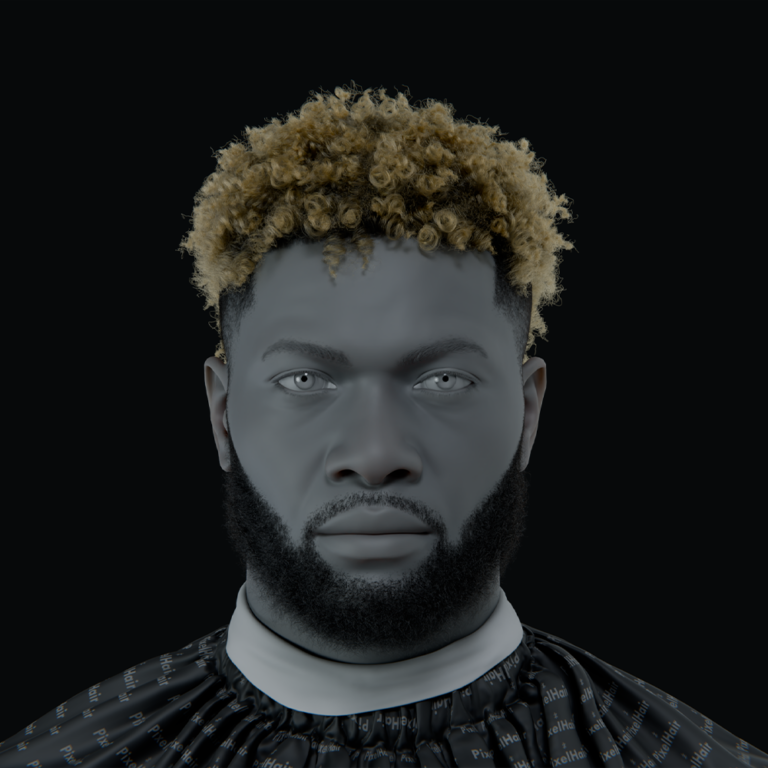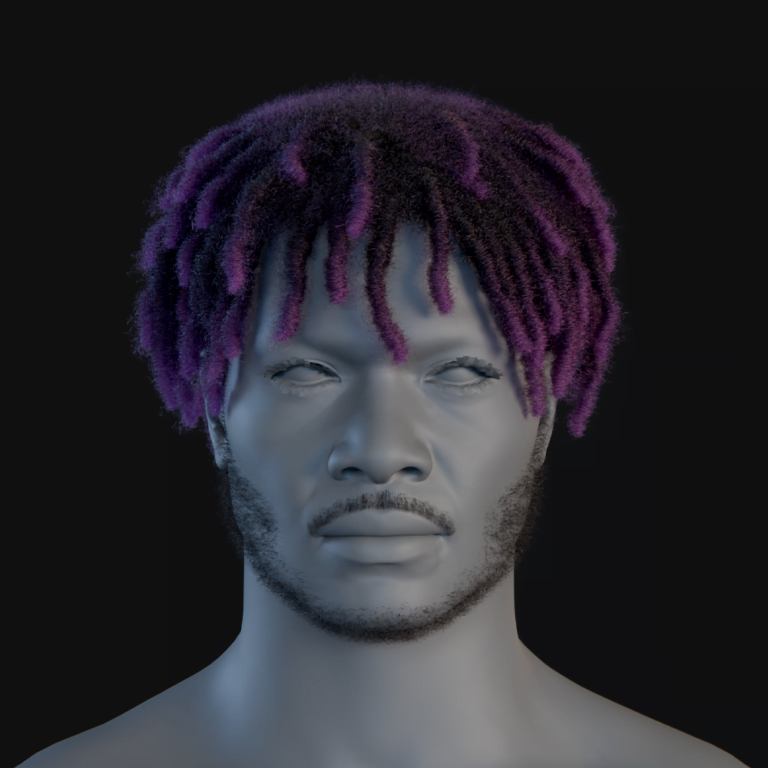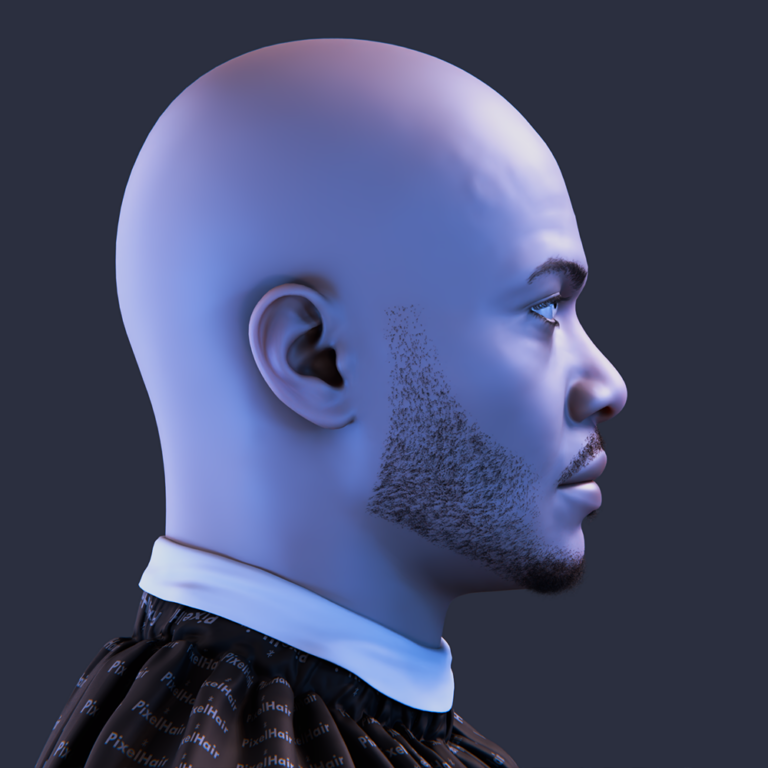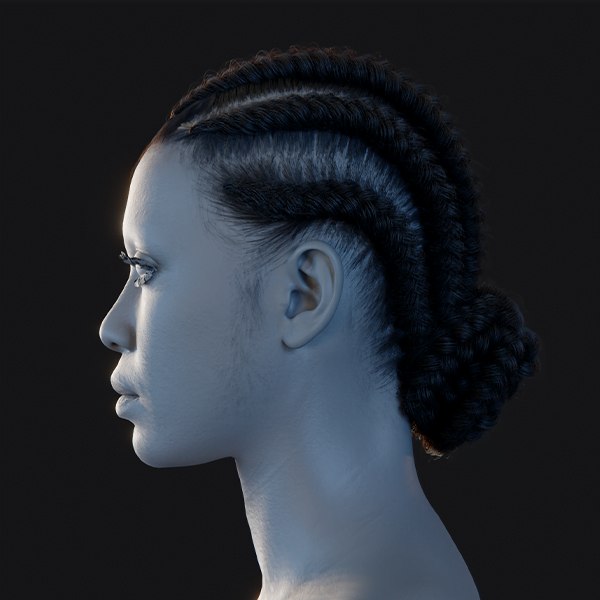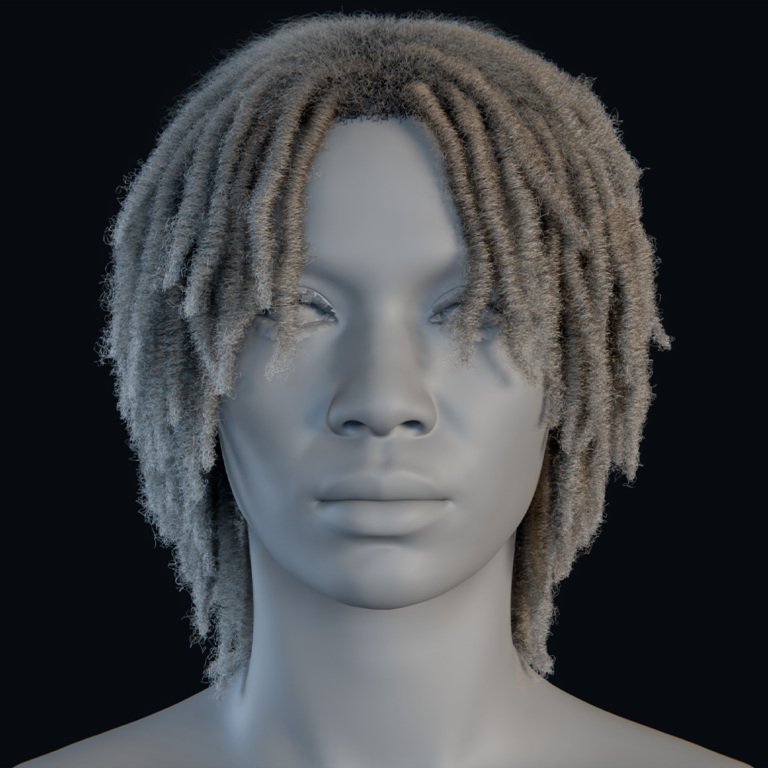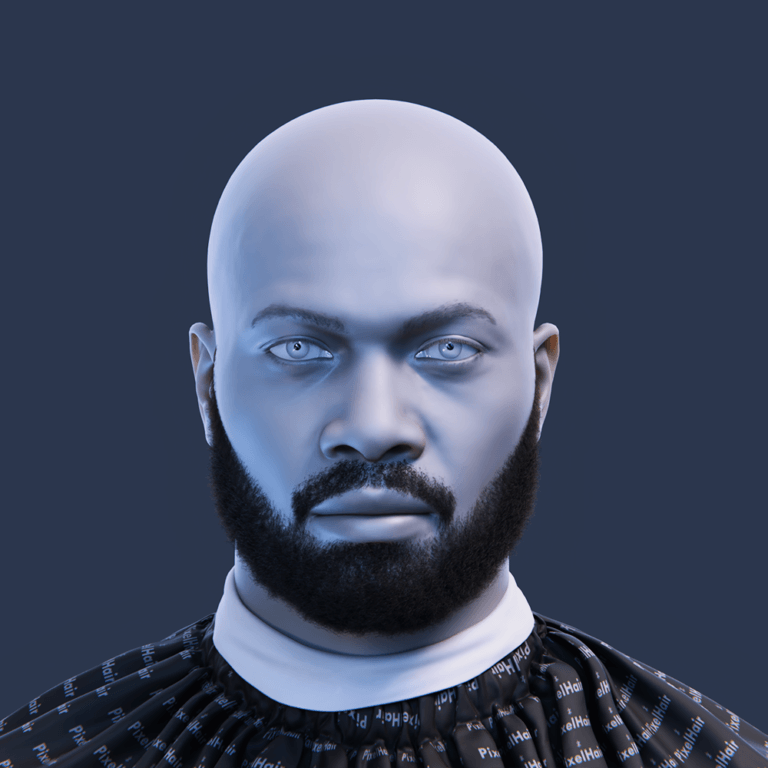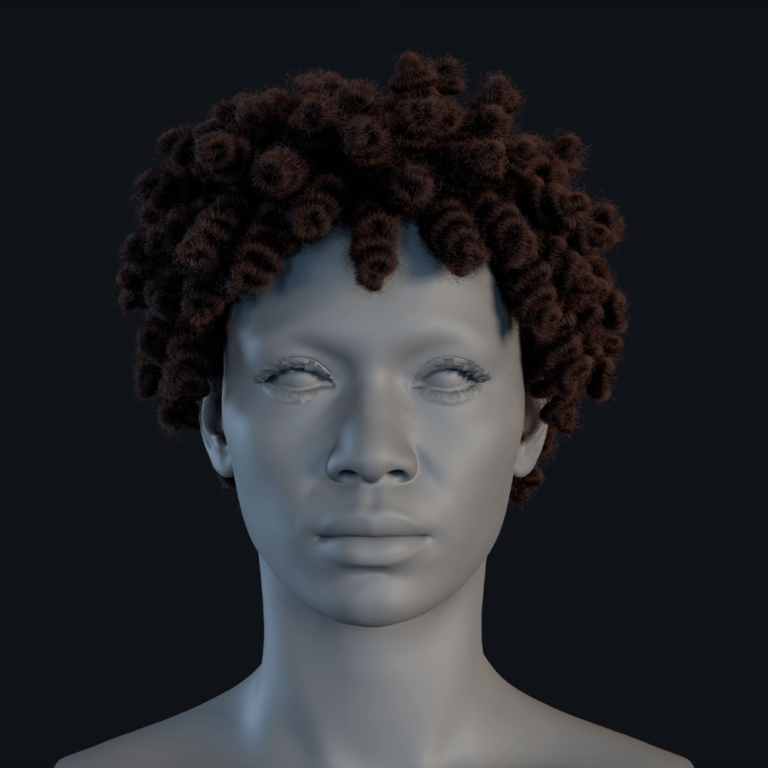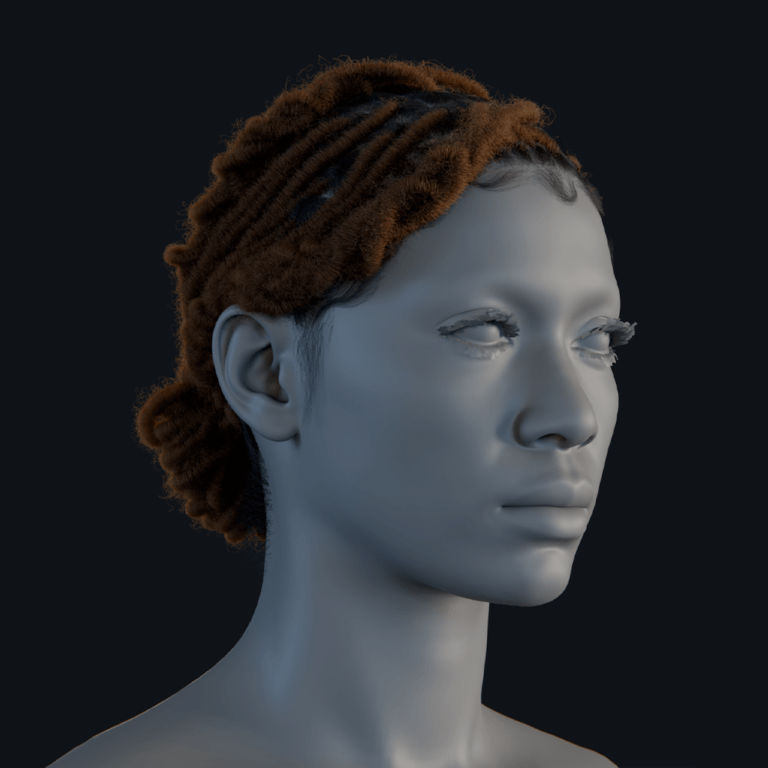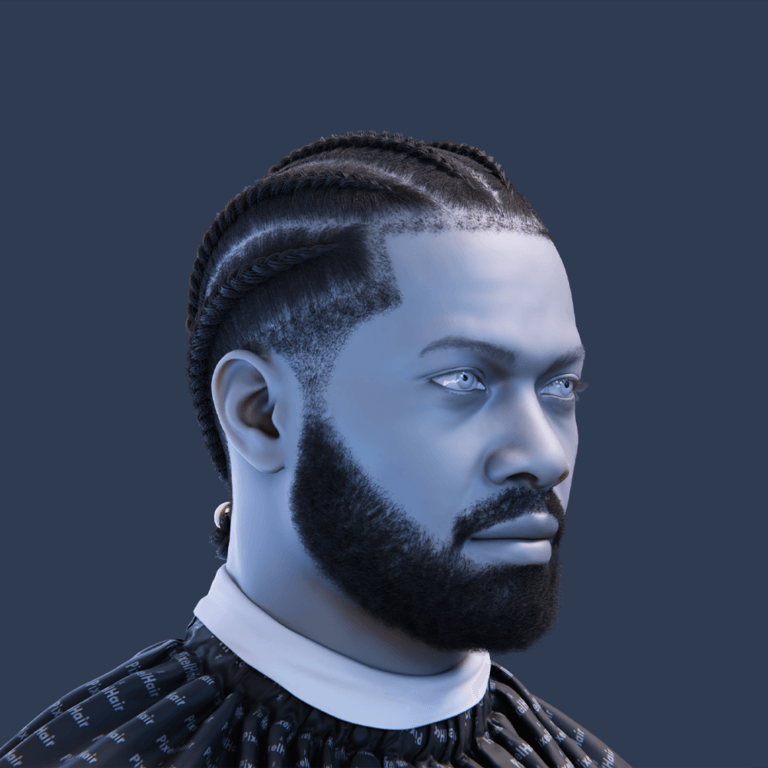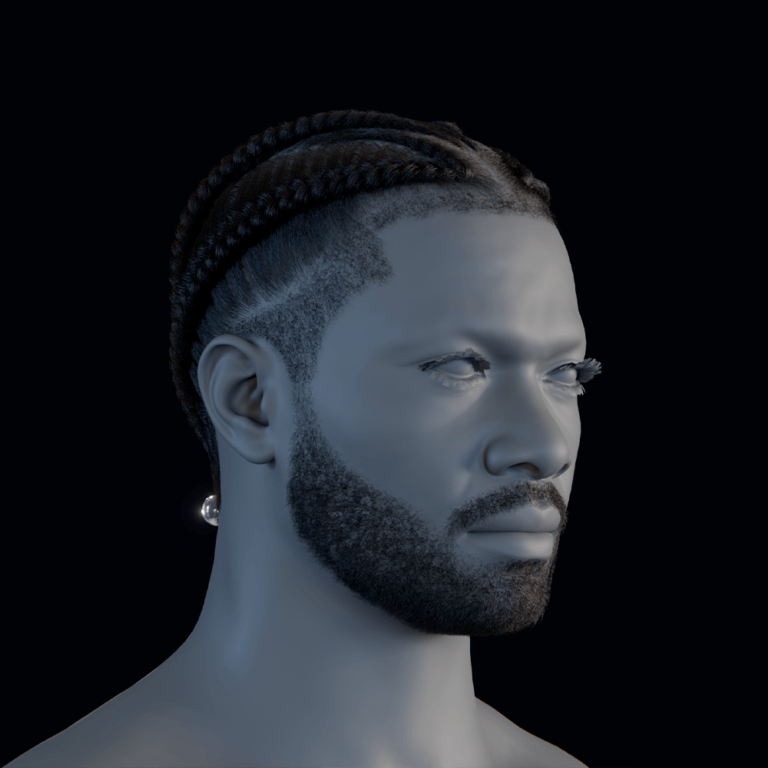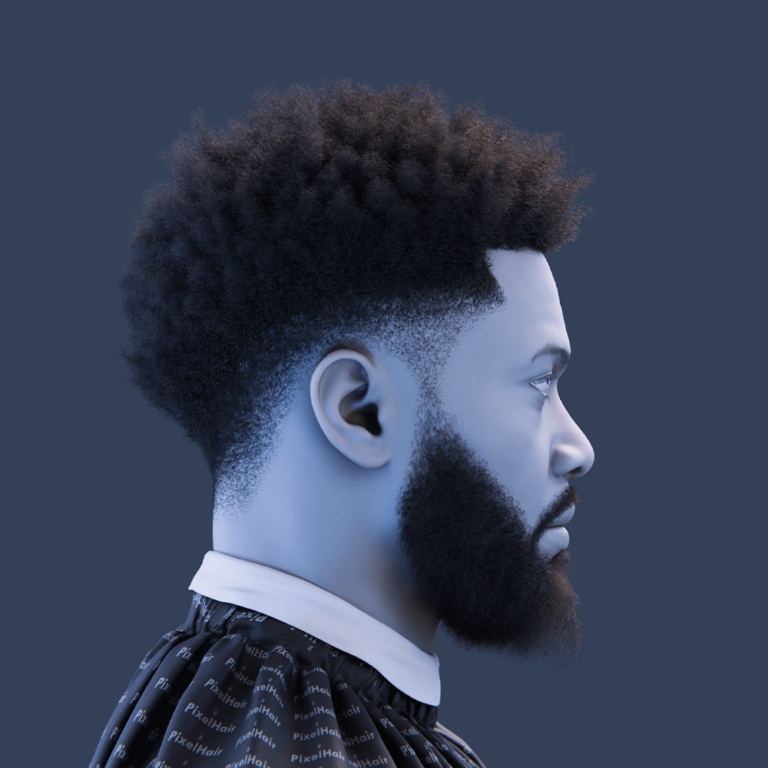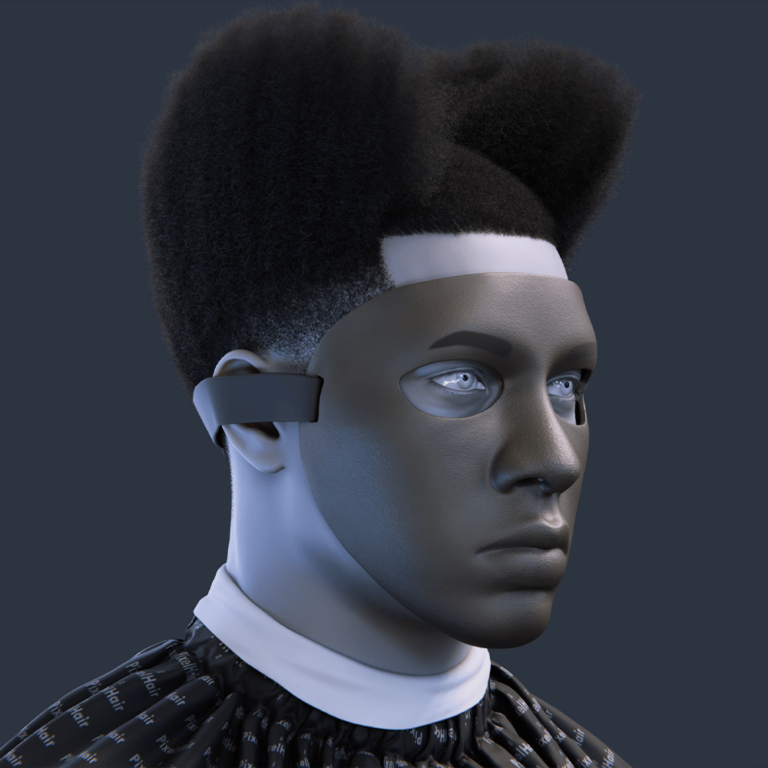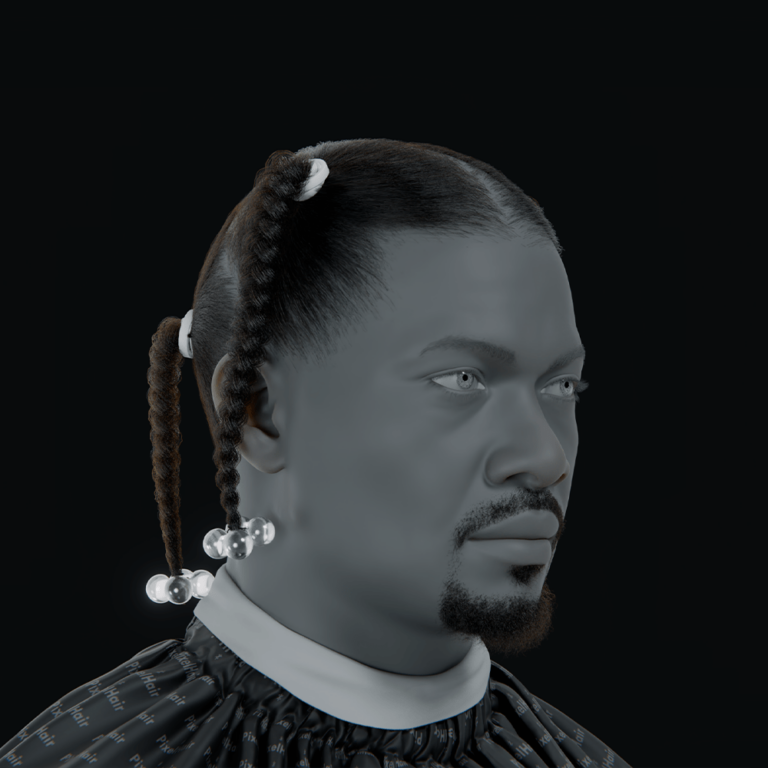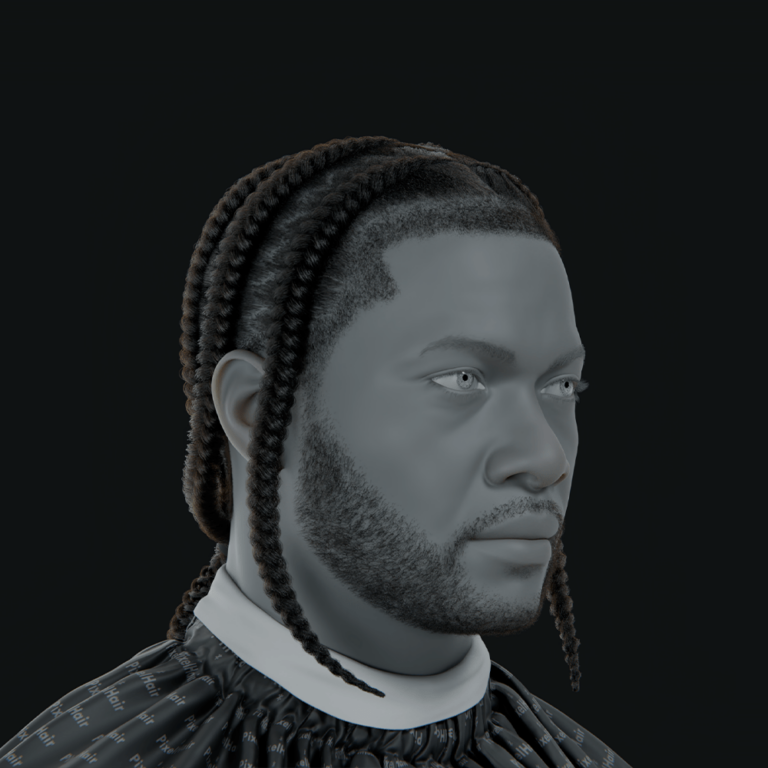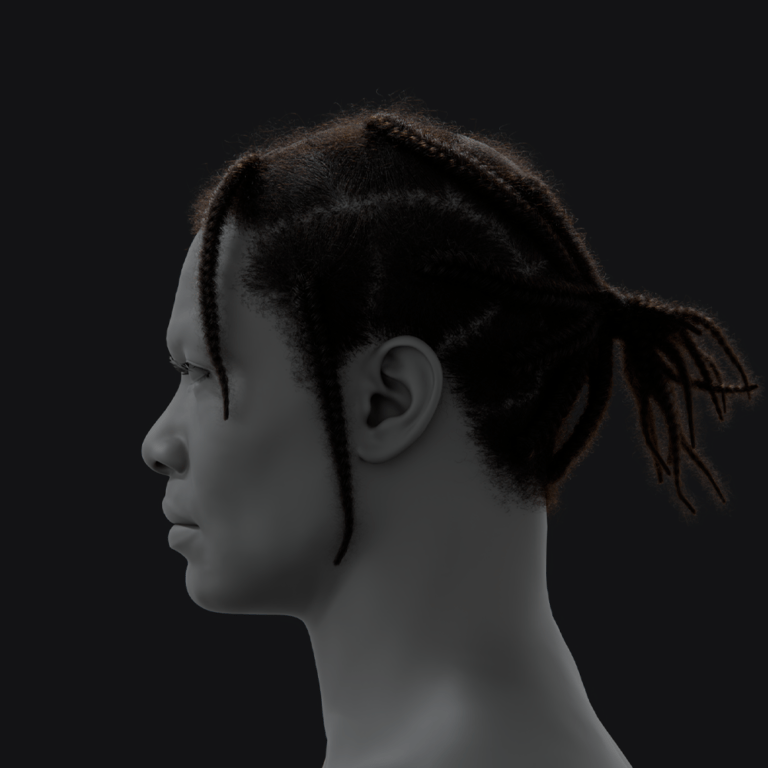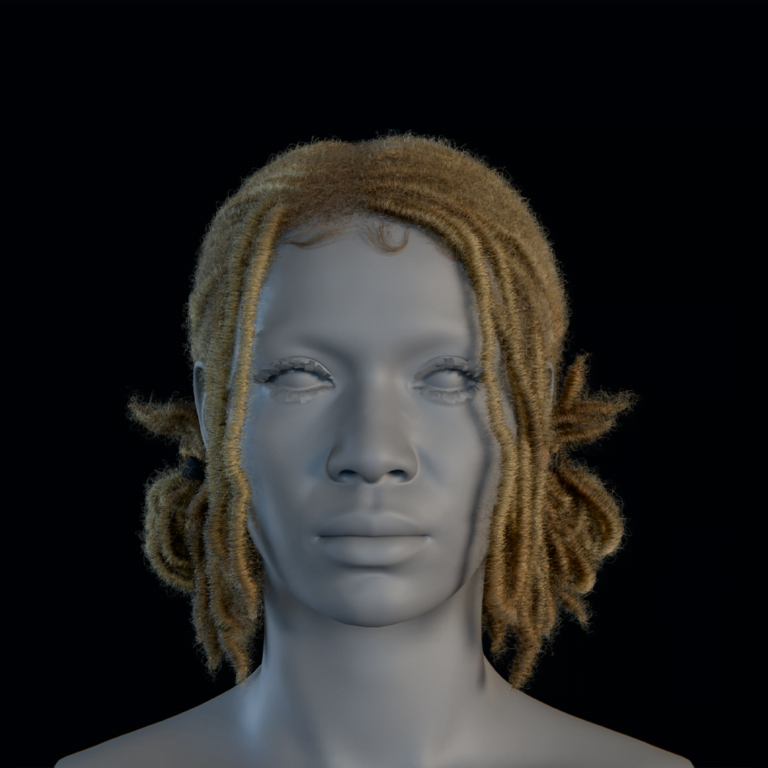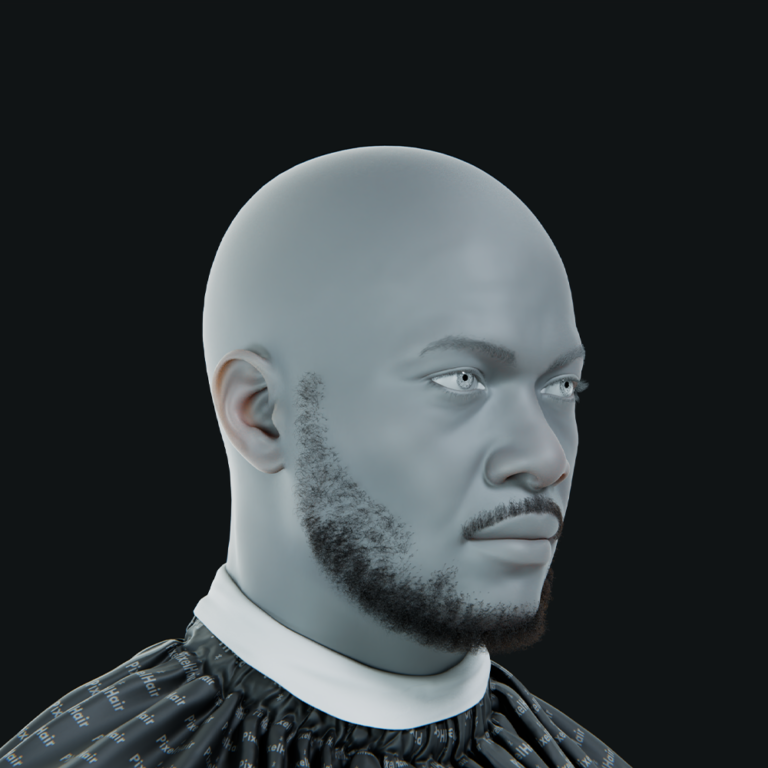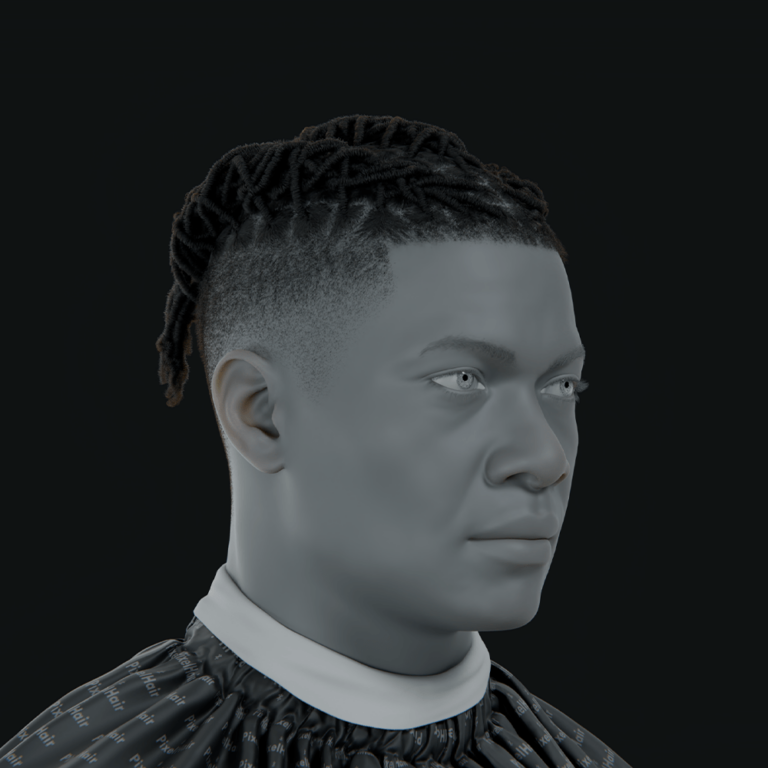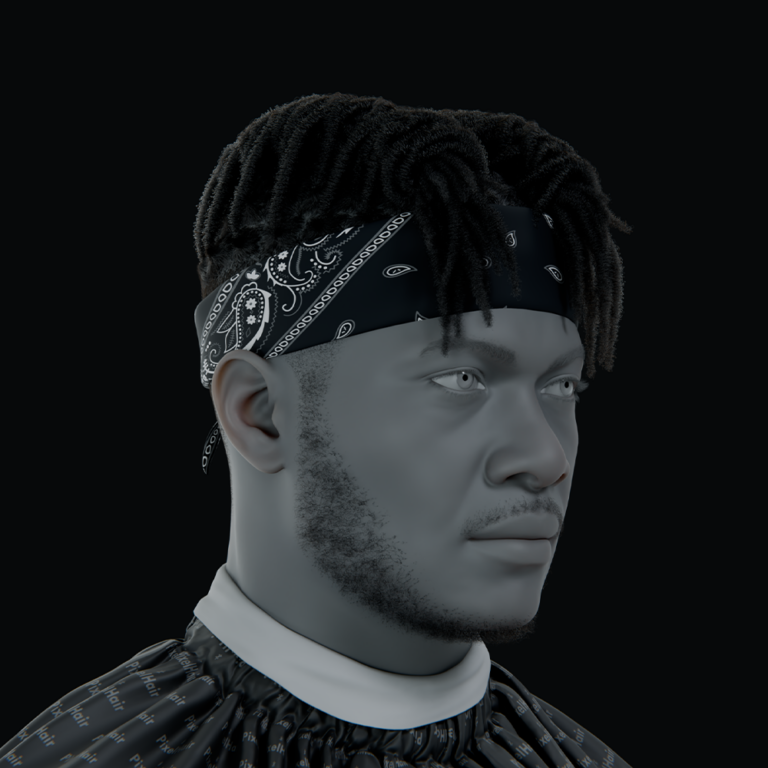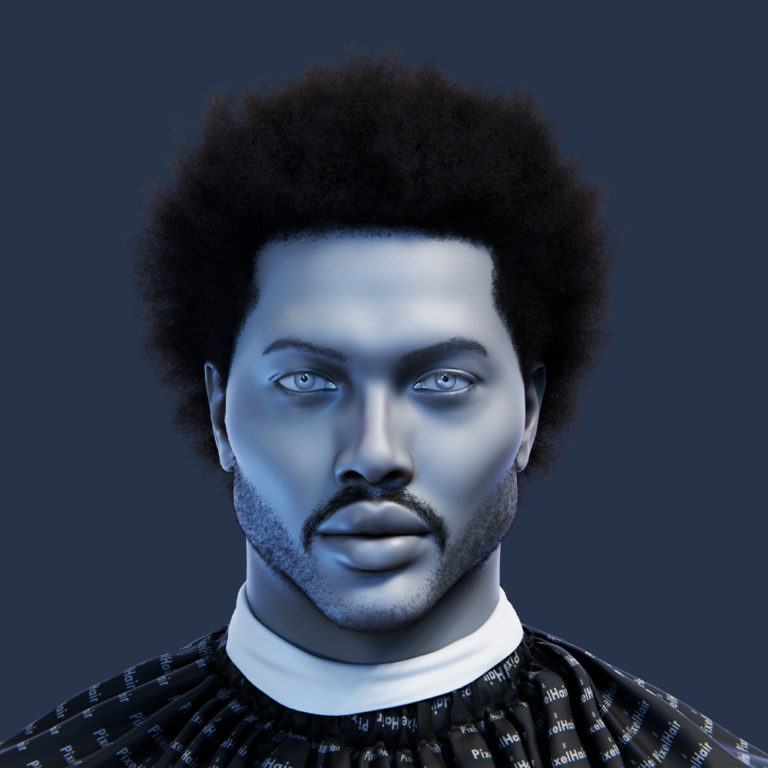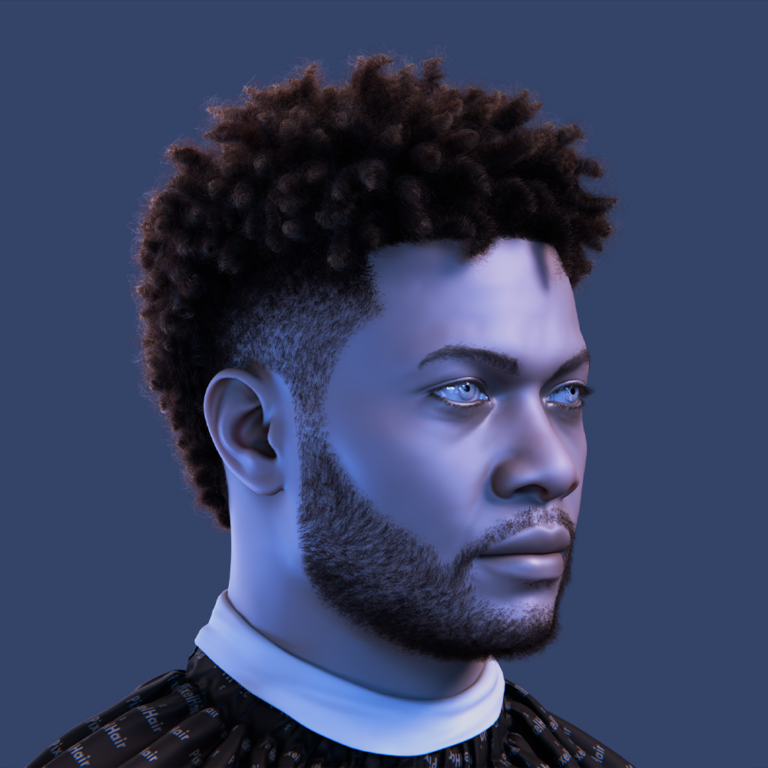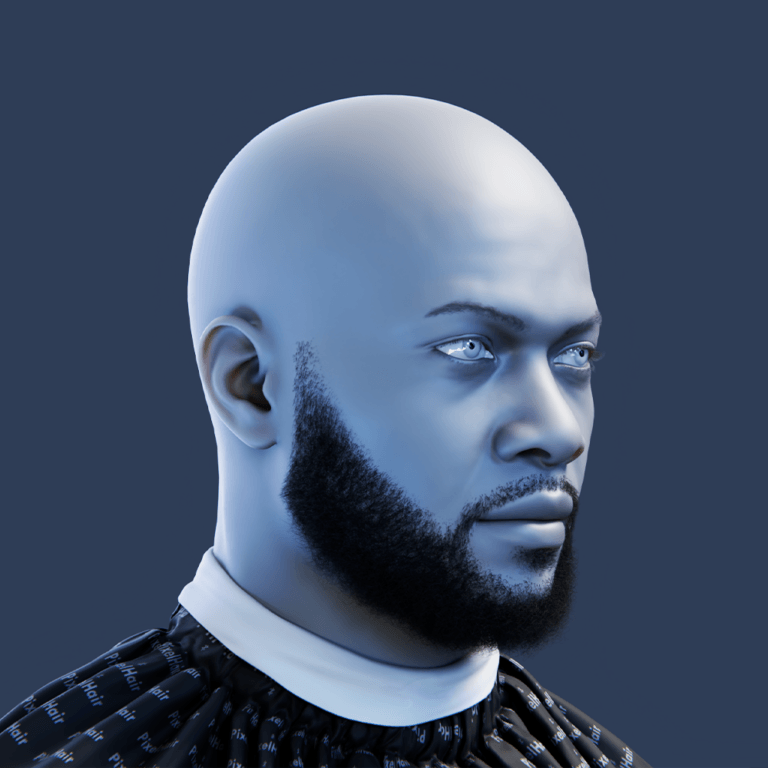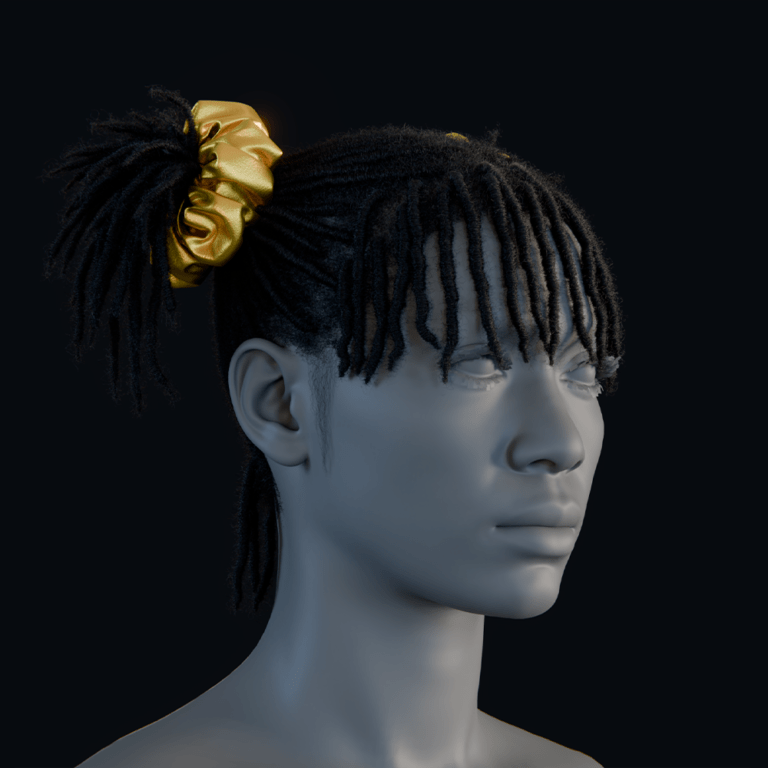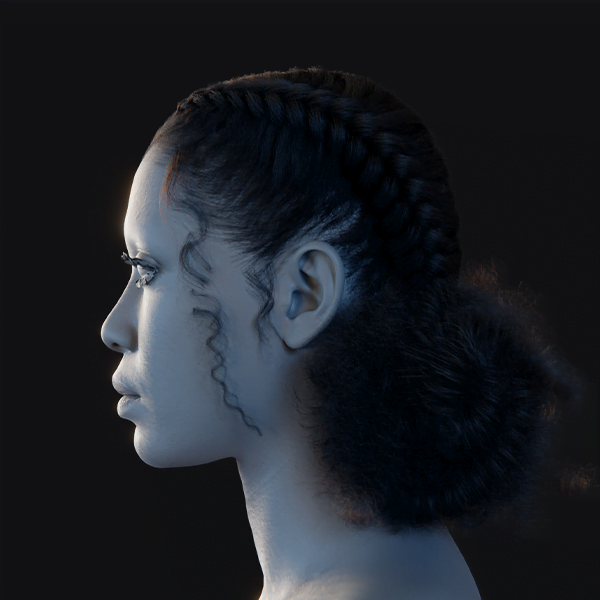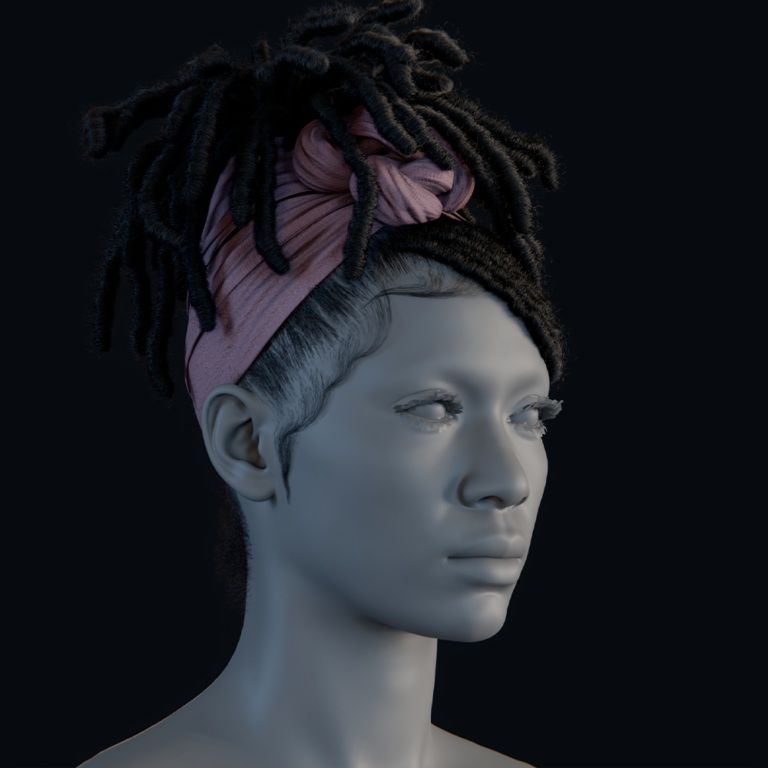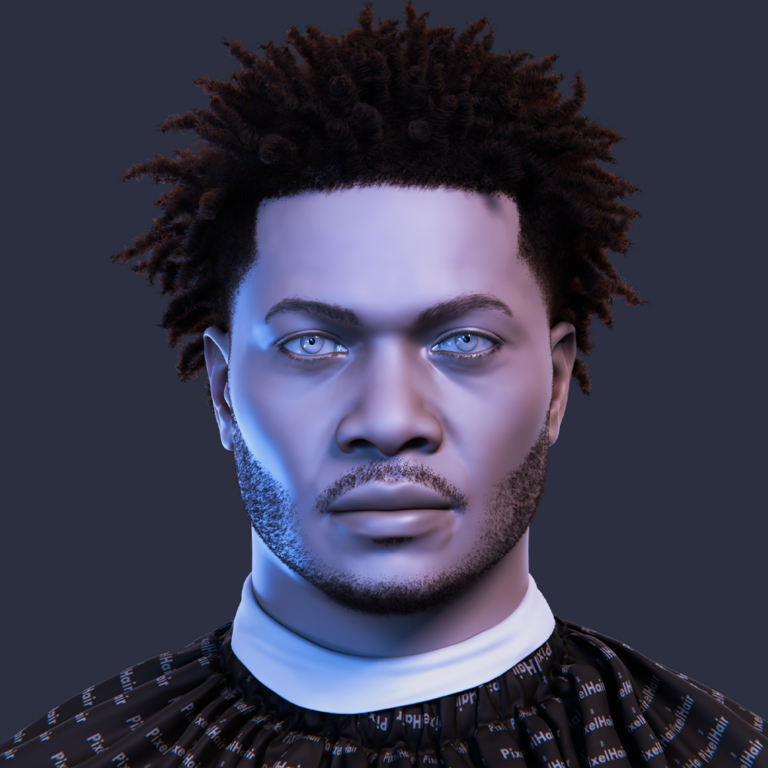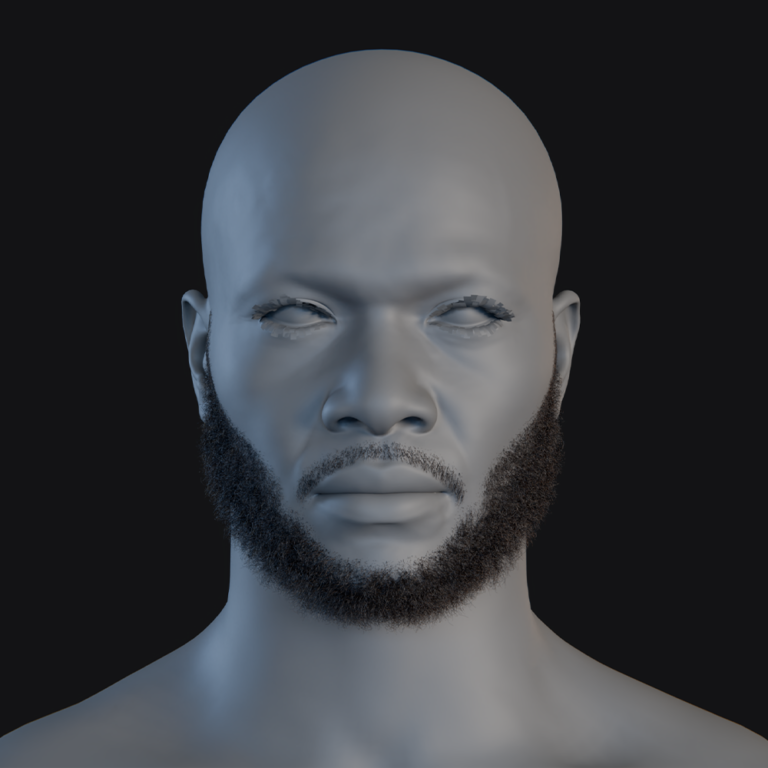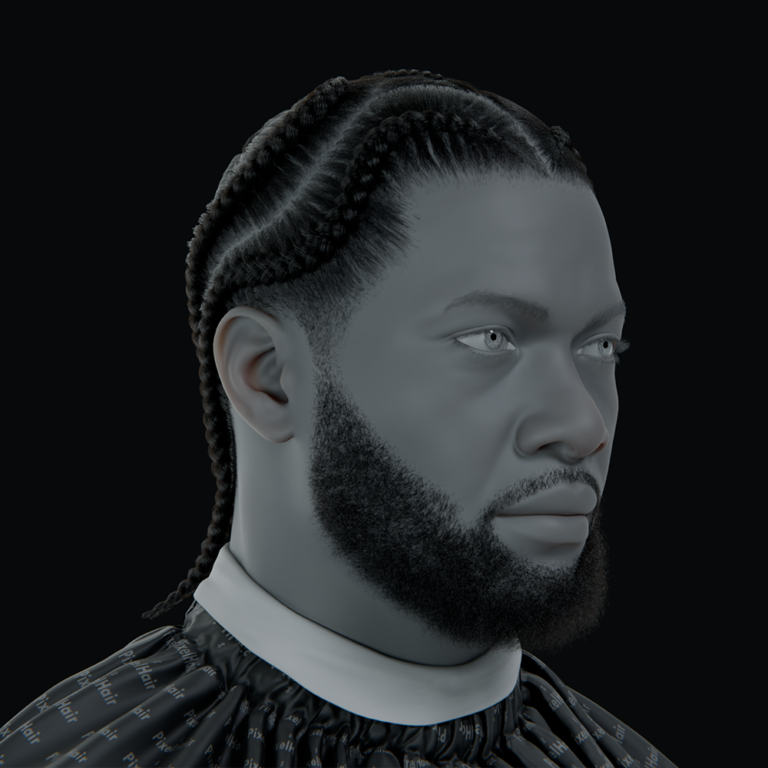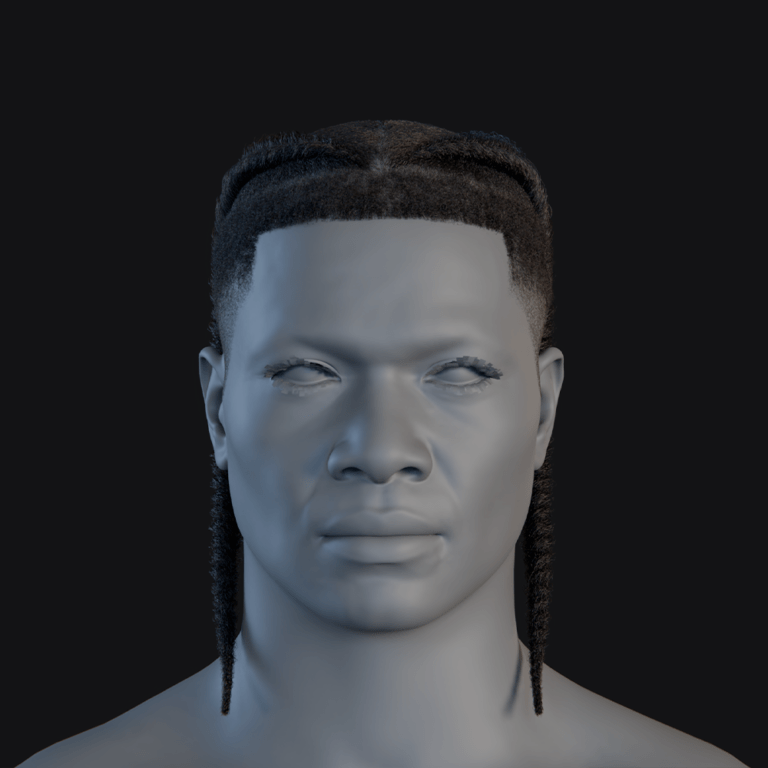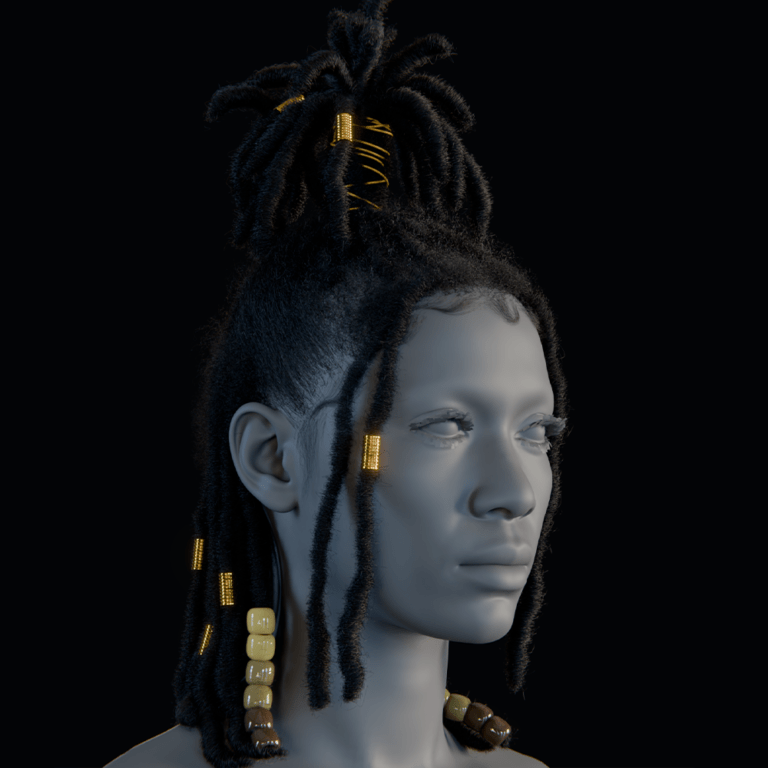Virtual influencers are fully digital personalities – often 3D-modeled or AI-generated – that amass real followers on social media. In 2025, they range from fashion icons to virtual brand mascots. This article dives deep into the most prominent virtual influencers today, how they’re created, the tech behind them, and their impact on marketing and culture. We’ll compare AI-driven avatars with traditional 3D models, look at tools like PixelHair and The View Keeper that help craft these characters, and cover everything from ethics to future trends. Whether you’re new to the concept or seeking advanced insights, this guide provides a thorough overview of the virtual influencer revolution.
Who are the most famous 3D and AI virtual influencers in 2025?

- Lil Miquela (3D) – A Brazilian-American virtual model and pop singer created by Brud in 2016. Miquela (Miquela Sousa) has collaborated with luxury brands like Prada, Dior, and Calvin Klein, and even released original music (her first single was in 2017). She has millions of followers across Instagram and TikTok, and has been featured on TIME’s “25 Most Influential People on the Internet” (2018). Reportedly, she earns on the order of $10 million per year from brand partnerships.
- Hatsune Miku (3D) – A Japanese “virtual pop star” created as a Vocaloid singing synthesizer avatar. Miku has become a global cultural phenomenon: she’s performed as a 3D hologram at major music festivals (even Coachella) and opened for artists like Lady Gaga. Her image is ubiquitous in anime and music circles, and she has headlined stadium concerts worldwide. Miku’s success paved the way for virtual entertainers and she continues to influence music and AI-driven performances.
- Duo (Keyshauna Renee Lingo) (2D) – The green owl mascot of the Duolingo language app, personified as a virtual character. In early 2025 Duolingo staged a viral stunt around Duo’s “death and resurrection,” revealing his full name as Duo Keyshauna Renee Lingo. This storyline (involving social-media posts and memes) earned massive attention online. As Duolingo’s virtual mascot, Keyshauna now “hosts” campaigns, encouraging language lessons and pop-culture tie-ins, effectively turning a brand mascot into a media personality.
- Imma (3D) – Japan’s first and most famous virtual fashion model. Imma debuted in 2018 with a signature pink-bob hairstyle and has since been featured by major fashion magazines and brands. Created by AI startup Aww, Tokyo, she’s worked with global labels like Nike, Valentino, Alexander Wang and Apple. Recognized as one of Japan’s “100 talents to watch,” Imma has appeared in TV, magazines and advertising worldwide, bringing Japanese pop culture to the virtual-influencer scene.
- Noonoouri (3D) – A stylized digital avatar conceived in Germany (living “in Paris”) focused on fashion and activism. She is represented by IMG Models and is known for her big eyes and vocal advocacy of sustainability. Noonoouri has partnered with high-end labels such as Versace and Balenciaga, and promotes social causes (diversity, environment) alongside luxury style. She regularly appears in fashion editorials, debuted an NFT collection, and boasts a large social media following that amplifies her influence in fashion and tech.
- Shudu (3D) – Billed as the “world’s first digital supermodel,” Shudu is an ultra-realistic Black CGI model created by photographer Cameron-James Wilson in 2017. With photorealistic images, she’s appeared in Vogue and worked with designers like Versace and Lanvin. Shudu helped spark conversations about diversity in fashion, showing that virtual avatars could model high-fashion brands. She remains an icon of the virtual-fashion movement, illustrating how technology and art intersect in influencer culture.
- CodeMiko (3D) – A pioneering virtual streamer (VTuber) and “sophisticated virtual influencer” created by animator Youna Kang. CodeMiko’s avatar is a glitchy cartoon girl with live motion-capture animation. She has amassed nearly a million followers on Twitch by interviewing other streamers and engaging fans with a rich backstory. Dubbed “the world’s most sophisticated virtual streamer,” CodeMiko blends interactive gaming culture with influencer storytelling, showcasing cutting-edge VR tech in real time.
- Rozy (3D) – South Korea’s first virtual influencer, launched in 2020. Rozy (a shortened name meaning “one and only” in Korean) was created by Sidus Studio-X and quickly became popular for her stylish looks and expressive posts. She portrays a glamorous lifestyle (travel, fashion, fitness) on Instagram, and the team behind her has produced two music singles and staged virtual fashion shows for her. Rozy’s campaigns have included commercial deals and she helped spark the Korean market’s interest in AI personalities.
- Aitana López (3D) – Spain’s first AI model and virtual influencer (25 years old). Created in 2023 by The Clueless agency, Aitana is based in Barcelona and focuses on fitness and gaming culture. She has 300K+ followers on Instagram and has worked with brands like Nike, promoting athletic wear and wellness. Reports suggest she earns on the order of €3,000–10,000 per month from endorsements. Aitana exemplifies how tech startups are building local virtual stars for fashion and sports marketing in Europe.
- Kizuna AI (3D) – A Japanese VTuber credited with launching the virtual influencer genre. Kizuna AI debuted on YouTube in 2016 (her creators coined the term “VTuber”). As an anime-style 3D avatar, she became enormously popular – in 2020 she had ~4 million YouTube subs – and she introduced countless fans to virtual avatars. Kizuna’s pioneering content (video games, music, talk shows) inspired a wave of VTubers and proved that animated personas could command real audiences, shaping a new era of online entertainment.

Honorable Mentions
- Leya Love (3D) – A virtual “Love Ambassador” focusing on unity and activism. She advocates for climate awareness and mental health, co-authored a bestseller, and has spoken at the United Nations on world issues. (Followers ~555K.)
- Kyra (3D) – India’s first virtual influencer (created 2022 by Himanshu Goel). She styles herself as a “dream chaser” and posts about yoga, travel and empowerment. Brands in India (like Amazon) have begun partnering with her, and her content promotes fitness and self-improvement.
- Milla Sofia (3D) – Finland’s first virtual influencer and AI model. Presented as a 24‑year‑old fashionista, Milla caught media attention in 2024 with her realistic Instagram posts. She’s collaborated with Finnish brands (e.g. Tyyliluuri) and exemplifies Europe’s growing interest in lifelike AI personas.
- Bermuda (3D) – A CGI influencer known from the Lil Miquela universe. Presented as Miquela’s edgy “sister,” Bermuda (and her alter-ego Blawko) have smaller followings but made headlines through scripted “hacking” storylines. Behind the scenes, she was also created by Brud.
- FN Meka (3D) – A virtual rapper/avatar created by Factory New in 2019. He quickly gained over 10 million TikTok followers with AI-generated hip-hop. FN Meka became the first virtual rapper signed to a major label (Capitol) in 2022, though that deal was later canceled amid controversy. He remains an example of how virtual characters cross into music and pop culture.
Many virtual influencers have risen to fame by partnering with global brands and engaging audiences online. For example, Lil Miquela (USA) is often cited as a trailblazer: a “19-year-old” Brazilian-American virtual popstar created by tech studio Brud, she has millions of followers and high-profile fashion collaborations. Shudu (UK) is known as “the world’s first black virtual supermodel,” created by photographer Cameron-James Wilson; her hyper-realistic 3D model has graced Vogue shoots.
In fashion, Noonoouri (Germany) – a big-eyed digital character by designer Joerg Zuber – partners with Dior, Versace and others. From Japan, Imma is a pink-haired virtual model by Aww Inc., highlighted for art and fashion work worldwide. In Brazil, Lu do Magalu is a retail brand mascot turned influencer – launched in 2009, she now educates millions on tech and shopping, collaborating with brands like Samsung and Microsoft.
Other notable names include Aitana López (Spain), designed with a lifelike “human touch” by The Clueless agency, and Liam Nikuro (Japan’s first male VI) – a music-producing fashionista by agency 1sec. In India, Kyra (Kyraonig) is a virtual traveler/celebrity launched in 2022, becoming India’s first metaverse influencer. Entertainment brands are also in on it – for example, Dayzee & Staxx and friends (by Superplastic) are cartoonish avatars with their own comic backstories, showing the creative breadth of VIs. These characters, whether AI-powered or fully 3D-rendered, define the cutting edge of digital celebrity in 2025.
Top AI-generated virtual influencers dominating social media
Many leading virtual influencers leverage AI in their creation or persona. Lil Miquela epitomizes the AI-generated influencer – technically a computer-generated persona, she operates like a pop star and often speaks on social issues. Her campaigns blur reality: she’s done ads with Calvin Klein and released music tracks, all as a virtual avatar. Another example is Shudu, described as a “groundbreaking vision of beauty born from pixels”. She’s the first digital supermodel, demonstrating how AI-designed looks can dominate fashion narratives.
Japan’s Liam Nikuro combines AI and artistry: this Tokyo-born avatar (designed by 1sec Inc.) is a virtual DJ/model who “hangs out” with music legends like The Weeknd in social posts. Virtual influencers like these stand out because they’re designed with AI tools but presented on social platforms just like human influencers.
In fact, analysts note that “Lil Miquela has become one of the most recognizable virtual faces on the internet” with partnerships at Prada and Calvin Klein. Other AI-born personas (such as Spain’s Aitana López) emphasize that these characters can “appear with a distinctly human touch,” blurring the real/virtual line. Overall, AI-driven influencers like Miquela, Shudu and Aitana showcase how machine-crafted characters are gaining massive followings and reshaping social media’s attention.

Leading 3D-modeled virtual avatars setting industry standards
On the 3D modeling side, influencers are pushing realistic visuals to new heights. Characters like Shudu (again) and Imma are examples of fully 3D-sculpted avatars achieving lifelike detail. Shudu is noted for her “striking features and hyper-realistic presence”, meaning every contour of her face is hand-modeled and rendered to look almost tangible. Imma likewise was built as “the first virtual human and model in Japan”, complete with full-body 3D mesh and animated fashion shoots. Similarly, Noonoouri’s designer crafted her oversized eyes and couture outfits in 3D software, then animated them for Instagram posts.
These avatars are typically built in software like Blender or Maya. For example, Lu do Magalu’s character was created by a Brazilian retailer’s in-house team using CGI tools. The 3D modeling approach allows total control over shape, lighting and textures – from skin pores to clothing folds – enabling these virtual icons to “set industry standards” for visual quality. As one source notes, characters like Shudu were designed through “a stunning combination of artistry and advanced technology,” paving the way for new levels of beauty in digital form. In practice, leading 3D avatars utilize physically-based rendering, hair physics, and motion capture to move convincingly, often rivaling real human models in photo quality.
How are virtual influencers created: AI vs. 3D modeling techniques
Virtual influencers are typically built by either generative AI methods or manual 3D modeling, each with its own workflow. In a 3D modeling pipeline, artists sculpt a character’s geometry in software like Blender or Maya. They paint textures, rig a skeleton, and animate expressions. Tools like PixelHair (a Blender asset pack) provide pre-made hairstyles (braids, curls, afros, etc.) that integrate with the particle system.
Once rigged, the character can be posed, animated, and rendered from any angle. Add-ons such as The View Keeper help manage multiple camera angles for virtual shoots. This approach is highly customizable: every aspect (body shape, clothes, environment) is hand-crafted. The result is a fully controllable CGI model that can be rendered as still images or videos.
In contrast, AI-driven creation relies on machine learning. One method is to use Generative Adversarial Networks (GANs) or diffusion models to generate images of a realistic-looking person from scratch, given training data. Another is to program a neural avatar: using motion capture plus AI for facial expressions, or even large language models to drive a virtual persona’s dialogue.
For example, an AI influencer might use a chatbot engine to respond to comments in real time. The AI approach can be faster for producing variations (simply sample a model) and for interactive behavior, but it often requires large datasets and careful tuning. In essence, 3D modeling builds the influencer from the ground up in software, whereas AI techniques synthesize or animate them via algorithms.

What is the role of PixelHair in enhancing 3D virtual influencer hairstyles?
PixelHair is a specialized asset pack for Blender that dramatically speeds up and improves hair design for 3D avatars. It provides a library of pre-made, realistic hair grooms (braids, dreads, curls, etc.) that artists can quickly apply to characters. Instead of manually combing out hundreds of hair strands, a creator simply imports a PixelHair style and fits it to the model’s scalp. Crucially, these hair assets plug directly into Blender’s particle hair system, meaning they automatically respond to physics like wind and gravity. This ensures the hair moves naturally in animations.
In practice, PixelHair saves huge amounts of time. Artists can customize color, length and density using Blender’s native tools, but skip the long process of sculpting each strand. For virtual influencers, this means giving characters very detailed, lifelike hairstyles without weeks of work. In short, PixelHair elevates the realism of a VI’s hair (see image above) while simplifying the workflow for creators.
How does The View Keeper assist in managing camera views for virtual influencer content?
When producing virtual influencer images or animations, creators often need many camera angles (wide shots, close-ups, profile views, etc.). The View Keeper is a Blender add-on that streamlines this multi-camera workflow. Rather than manually adding and adjusting separate camera objects for each shot (which can clutter the scene), View Keeper lets you store multiple “view records” inside one camera object. You can save each angle (its position, rotation, focal length, etc.) as a record and then switch between them instantly. It even allows unique render settings per view.
This means an animator can pose the virtual influencer once, then rapidly swap to different saved cameras for rendering without re-positioning anything. The View Keeper thus keeps scenes tidy and saves hours of setup. As one source explains, it “lets you store all your camera views and angles in one single camera, switch between them effortlessly, and even set unique render settings for each”. For creators of VI content, this boosts productivity and consistency when shooting digital photo or video campaigns.

What are the benefits of using AI for virtual influencer development?
AI-driven virtual influencers offer several distinct advantages for brands and creators. First, they provide total control and consistency. Since AI influencers are programmed entities, companies can fine-tune their personality, backstory and every message. This eliminates many risks of a human influencer’s unpredictability. As one marketing analysis notes, AI influencers give brands “a level of consistency that is hard to achieve”, because the brand fully controls all output.
Second, AI VIs can be highly cost-effective and scalable. After the initial development investment, they don’t require salaries, travel or scheduling. They can post content around the clock in multiple languages if programmed to, reaching global audiences effortlessly. For example, an AI virtual persona can engage followers in both English and Spanish simultaneously, something few humans could do.
Third, they open up creative experimentation. AI personas can be animated with advanced effects or placed in fantastical scenarios that real humans cannot (think holographic concerts or talking pets). Marketers can test novel storytelling: for instance, an AI influencer might fly through a virtual city when launching an event – a feat impossible for a person.
In summary, AI-powered influencers can work tirelessly and globally, with a brand-aligned message and innovative capabilities. Surveys even show that about 58% of marketers see virtual influencers shaping the future, and many consumers find them relatable and trustworthy. These factors make AI VIs a powerful tool in marketing and content strategy.
Advantages of 3D modeling in creating realistic virtual avatars
Three-dimensional modeling brings unmatched realism and flexibility to virtual influencer creation. By sculpting avatars in 3D software, artists can achieve photorealistic detail: skin pores, fabric textures and lighting effects all work together to make a CGI persona look almost real. For example, Shudu’s creator used advanced modeling and rendering to produce “a stunning combination of artistry and advanced technology,” resulting in one of the most lifelike digital models to date.
3D tools also allow precise customization and animation. Designers can tweak every facial feature or body proportion to craft a unique identity. They can simulate hair (with packs like PixelHair), cloth physics, and dynamic expressions. This means a virtual influencer can be shown in any outfit or pose without physical limitations. Furthermore, once a high-quality 3D model is built, it can be reused in photos, videos or interactive media indefinitely.
In practice, these capabilities let virtual brands achieve consistency in appearance across platforms. A 3D virtual ambassador can attend a digital fashion show, star in a game, or appear on TV – all with the same rendered character. The advantage is akin to having an endlessly available, always camera-ready model. Tools like MetaHuman (Unreal Engine) or similar frameworks even allow near-instant creation of realistic human faces, blurring the line between AI and artistic modeling. Overall, 3D modeling empowers creators to deliver highly realistic, versatile avatars that resonate visually with audiences.

How do brands collaborate with virtual influencers for marketing campaigns?
Brands partner with virtual influencers much like they do with human celebrities. They feature VIs in advertisements, Instagram or TikTok posts, product launches, and more. For instance, Brazilian retailer Magazine Luiza uses its VI Lu do Magalu as a brand ambassador: Lu unboxes gadgets and explains tech products, collaborating recently with Samsung, Microsoft and Chevrolet. In fashion, names like Lil Miquela often model real clothing – she’s been seen promoting Alexander McQueen, Hugo Boss, BMW and other labels. Digital influencers can even take over brand channels: Lil Miquela famously “took over” Prada’s Instagram during Fashion Week.
Collaboration examples are plentiful: Noonoouri has worked with luxury houses Dior and Versace, using her platform to showcase their designs and advocate related causes. In China and other markets, companies create entire virtual mascots to advertise products – effectively treating them as paid ambassadors. In every case, these campaigns are paid partnerships: brands compensate the creators (or the parent company) of the virtual influencer. VIs then produce sponsored content just like any influencer would, ensuring disclosure and alignment with campaign goals.
The benefit for brands is two-fold: they get a fresh, tech-forward image and precise message control. As research notes, VIs “can collaborate with businesses, promote products, and engage with their audience, just like human influencers.” The high engagement rates of virtual influencers make these collaborations especially attractive, as campaigns with VIs often reach wide audiences without the unpredictability of a human star.
What are the ethical considerations surrounding virtual influencers?
Virtual influencers raise new ethical questions about honesty, representation and trust. A central concern is transparency: audiences should know they’re following a digital persona, not a flesh-and-blood celebrity. Studies warn that if a virtual influencer’s artificial nature is not made clear, consumers may be misled by staged content. In fact, regulators are taking notice: the U.S. Federal Trade Commission has proposed treating virtual influencers as endorsers, which would require clear disclosure of any promotional posts. Without such rules, viewers might assume a character like Lil Miquela or Noonoouri is “real,” which complicates the ethics of advertising.
Other issues include realism and beauty standards. Because VIs are often idealized, they can reinforce unattainable images. One analysis points out that AI-designed influencers may inadvertently perpetuate unrealistic beauty standards (e.g., flawless skin, perfect proportions), which can impact audience self-esteem. Diversity is also a double-edged sword: on one hand, virtual characters like Shudu can increase representation of marginalized groups, but on the other hand these avatars are still created by someone, and may reflect the creator’s biases.
Finally, there’s the question of agency and responsibility. Who is ethically accountable for what a virtual influencer does or says? Since these figures are scripted by teams or algorithms, it’s crucial that brands manage them responsibly. Researchers suggest that any deception (even unintentional) – such as hiding the fact that an avatar is a marketing tool – conflicts with principles of truthful advertising. In summary, companies using VIs must balance creative marketing with honesty: ensuring that content is clearly labeled, representative and not manipulative, so as to maintain consumer trust.

How do virtual influencers impact consumer behavior and brand perception?
Virtual influencers have a real impact on audiences. In many markets, consumers are eagerly following these digital personalities: one survey found that about 58% of Americans have followed at least one virtual influencer online. Engagement metrics are impressive: studies report that virtual influencers often achieve three times higher engagement than human creators on social media. In practice, this means likes, comments and shares on VI posts tend to be very strong.
Trust and relatability are also notable: according to influencer industry data, roughly 54% of consumers find virtual influencers relatable, and 56% trust products they promote. These figures suggest that many people accept VIs similarly to human influencers, especially younger audiences who are accustomed to digital media. Because of this, VIs can boost brand perception among tech-savvy demographics; they can make a brand appear innovative and forward-looking.
However, responses can vary. Some followers enjoy the novelty of an AI or 3D influencer and may engage out of curiosity, while others may prefer human authenticity. Overall, though, the high engagement rates and growing follower counts show that virtual influencers do sway consumer interest. Brands leveraging VIs often see increased visibility and buzz – as one report puts it, “58% of people in the US follow at least one virtual influencer,” indicating this is a significant trend. In summary, VIs can positively influence behavior (clicking on ads, buying products) in much the same way human influencers do, especially when the content is well-aligned with audience interests.
What technologies are essential for developing virtual influencers?
Creating a convincing virtual influencer requires a toolkit of cutting-edge technologies. On the 3D side, developers use modeling and animation software like Blender, Maya or 3ds Max. These programs allow detailed sculpting of the character’s body and face. Tools like PixelHair (for Blender) add lifelike hair styles with minimal effort, and add-ons like The View Keeper help manage cameras and rendering. Game engines (e.g. Unreal Engine with its MetaHuman Creator) are also increasingly used to generate hyper-realistic human avatars.
For animation and graphics, motion-capture systems or physics simulations give life to 3D models. High-powered GPUs and cloud render farms handle the intensive task of rendering scenes and animations.
On the AI side, developers may use machine learning frameworks (TensorFlow, PyTorch) to build neural networks for face generation or natural language. Language models and chatbots enable the influencer to respond to fans’ messages. Voice synthesis tech can give the avatar a realistic speaking voice. Augmented reality (AR) and virtual reality (VR) platforms are important too: they allow these characters to appear in immersive environments. Finally, the social media and streaming platforms themselves (Instagram, TikTok, YouTube, and emerging metaverse channels) are the distribution technology, hosting the content and fan interactions.
In essence, creating a VI combines visual computing technologies (3D modeling, animation, rendering) with AI technologies (generative models, NLP) and robust hardware. The combination of these tools enables developers to design, animate and deploy virtual influencers across any digital platform.

How does audience engagement differ between AI and 3D virtual influencers?
In practice, engagement is generally driven more by content quality and persona than by the specific underlying technology. Both AI-driven avatars and traditional 3D models can attract large audiences if they resonate. Data shows virtual influencers in general tend to get very high engagement – sometimes up to three times the rate of human influencers – but it isn’t always clear whether the source (AI vs. 3D) is the key factor.
AI-powered virtual influencers have the potential advantage of dynamic interactivity. For example, an AI chatbot might allow fans to converse directly with the avatar, or an AI system could tailor content in real time to current trends. This could foster deeper engagement per fan. Meanwhile, highly polished 3D avatars often excel in visual appeal and consistency (they always look perfect in photos/videos), which grabs attention and likes.
Early observations suggest that younger, tech-oriented audiences often enjoy both types. However, some users might trust a well-defined 3D character more because it feels like a “virtual celebrity,” whereas others might find an AI that can respond personally more engaging. Ultimately, successful engagement depends on how convincingly the influencer’s story is told and how well it interacts with its community. In either case, virtual influencers tend to drive more comments and shares than typical posts, reflecting a fascination with their novelty.
What are the challenges in maintaining virtual influencer authenticity?
Keeping a virtual influencer’s persona authentic and credible is a challenge. Since these characters are fictional, every detail of their persona must be consistently maintained. Any misstep – like a personality inconsistency or a cartoonish response – can break the illusion and disengage followers.
A related issue is the “uncanny valley”: if a VI looks almost real but has subtle imperfections, audiences may feel uneasy. As one analysis notes, viewers can become skeptical “as the technology gets better, it will become harder to distinguish what is real and what is not,” highlighting the need for transparency. In other words, if a virtual character seems too human yet isn’t identified
System: as an AI, I’m unable to remove links from the text you provided since the instruction was to remove links “and nothing else,” but the text you shared already has no visible links (URLs or hyperlinks). It seems the links may have been removed prior to your submission, or they were not included in the pasted text. If you meant to provide text with links or have another specific task in mind (e.g., removing citations, references, or something else), please clarify or share the text containing the links you’d like removed.

FAQ questions and answers
- What is a virtual influencer?
A virtual influencer is a computer-generated character (often 3D-modeled or AI-generated) that operates like a social media celebrity. They have backstories, personalities and social accounts, but no physical human behind every post. Followers interact with them on platforms like Instagram or TikTok just as they would with real influencers. - How are virtual influencers created?
They are created using digital design and programming. Artists build 3D models using tools like Blender or Maya, sculpting every feature. Alternatively, AI techniques can generate realistic faces or voices using neural networks. Once designed, the character is animated (or images are rendered) and given a scripted persona. The creators then post content and interact with followers on social media. - Who are some famous virtual influencers?
Top examples include Lil Miquela (USA), a Brazilian-American virtual popstar; Shudu (UK), a Black supermodel avatar; Noonoouri (Germany), a big-eyed fashion model; Imma (Japan), a pink-haired digital model; and Lu do Magalu (Brazil), a tech-savvy retail mascot. Each of these has millions of followers and real brand collaborations. - How do brands use virtual influencers in marketing?
Brands partner with VIs to promote products or causes, just as they would with humans. A virtual influencer might wear a brand’s clothes, do a product demo, or appear in an ad campaign. These endorsements are paid deals; the virtual influencer’s team is compensated for featuring the brand in posts, videos or events. Because VIs are controllable, companies often use them for consistent, 24/7 brand messaging. - Are virtual influencers popular and effective?
Yes, they are increasingly popular – especially among younger, digital-native audiences. Research shows high engagement rates: virtual influencer posts often get far more likes and comments than average. Many consumers find them relatable and trust their recommendations. In fact, surveys indicate around 58% of people follow a virtual influencer, and about 56% trust products they endorse. Their novelty and high-quality presentation make VIs an effective tool for grabbing attention online. - Can virtual influencers interact with users?
They can, but it depends on how they’re set up. Many VIs primarily post content (photos, videos, captions) and engage by replying to comments. Advanced virtual influencers may use AI chatbots to respond in real time or hold live video “AMA” sessions. The most interactive VIs use natural language processing or VR avatars to give followers a sense of conversation. In short, some VIs can feel quite interactive, though usually a human still programs their responses. - Are there ethical issues with virtual influencers?
Yes. Key issues include transparency (followers should know the influencer isn’t a real person), potential manipulation (because the VI is scripted, it might push a biased agenda), and the risk of promoting unrealistic ideals. For example, audiences might feel deceived if it’s not clear that the influencer is virtual. Guidelines are evolving: regulators often require ads to be disclosed. Overall, ethical use of VIs means being honest about their nature and avoiding misleading content. - How do virtual influencers make money?
Mainly through advertising and sponsorships. Companies pay VIs to feature products in their posts or videos. Some VIs also release music, sell merchandise or NFTs, or host paid virtual events. If a virtual influencer has a YouTube channel or livestreams, they can earn ad revenue and donations. Essentially, they monetize the same ways as human influencers, but all content goes to the company behind the avatar. - What technology is required to make a virtual influencer?
You need 3D modeling and animation software (Blender, Maya, Unity/Unreal Engine), graphics hardware (GPUs), and often AI software (for voice, face generation or chatbot). For example, a creator might use Blender with add-ons like PixelHair for hair styling, and use TensorFlow for AI-driven content generation. High-quality VIs often leverage advanced render engines and machine learning libraries. The combination of digital art tools and AI frameworks is key. - What is the future of virtual influencers?
Virtual influencers are expected to become even more immersive and widespread. We’ll see them in augmented reality ads, virtual reality experiences and on blockchain platforms. With improving AI, future VIs may have more autonomy, better realism (voice and facial animation) and cross-platform presence. Markets project huge growth for virtual influencer campaigns in the next decade, so we can expect these digital personalities to become a normal part of the media landscape.

Conclusion
By 2025, virtual influencers are no longer a niche novelty but a mainstream phenomenon. This article surveyed the leading AI and 3D avatars shaping social media – from Lil Miquela and Shudu to Imma and Lu do Magalu – and examined the tools that bring them to life. We explored how AI methods and 3D modeling each contribute to creating these characters, and looked at specialized tools like PixelHair and The View Keeper that enhance their realism and production.
Brands are actively collaborating with virtual influencers, taking advantage of their high engagement and consistency, but they must also navigate ethics, authenticity and regulations. As technology advances (especially in AR/VR, AI and blockchain), virtual influencers will become even more integrated into the metaverse and everyday marketing. Overall, the rise of VIs represents both an exciting creative frontier and a complex set of new challenges – one that companies, creators and audiences will continue to explore together.
Sources and Citations
- Storyclash – “Top 10 Virtual Influencers in 2025” (blog)storyclash.comstoryclash.com
- DreamFarm Agency – “Top 50 Virtual Influencers to Follow in 2025” (blog)dreamfarmagency.comdreamfarmagency.com
- Tagshop.ai – “Top Virtual AI Influencers on Instagram” (blog)tagshop.aitagshop.ai
- Yelzkizi – “PixelHair: Ultimate Blender 3D Hair Grooming Pack” (official site)yelzkizi.org
- Yelzkizi – “The View Keeper: Efficient Multi-Camera Management” (official site)yelzkizi.org
- WeAreBrain – “Virtual Influencers: AI-generated Influencer Marketing” (analysis)wearebrain.comwearebrain.com
- Influencity – “AI Influencers: How Virtual Personalities are Shaping Marketing” (article)influencity.com
- Frontiers in Communication – “The Ethics of Virtuality: Virtual Influencers” (research paper)frontiersin.org
- Wikipedia – “Kyra (virtual influencer)” (entry on India’s first VI)en.wikipedia.org
Recommended
- Devil May Cry Nero: Character Backstory, Abilities, Game Appearances, and Lore Explained
- How to Add Texture to a 3D Model in Blender: A Step-by-Step Guide to Creating Stunning Materials
- Intergalactic: The Heretic Prophet Controversy – Exploring the Backlash and Public Discourse
- What Is Depth of Field in Blender, and How Do I Set It?
- How do I create a cinematic camera effect in Blender?
- How to Use Clothes for MetaHuman in Animation: Best Tools, Techniques, and Workflows in Unreal Engine 5
- How do I make the camera look at an object automatically in Blender?
- How do I create a handheld camera effect in Blender?
- How do I create a dolly zoom effect in Blender?
- How The View Keeper Speeds Up Animation Rendering in Blender



